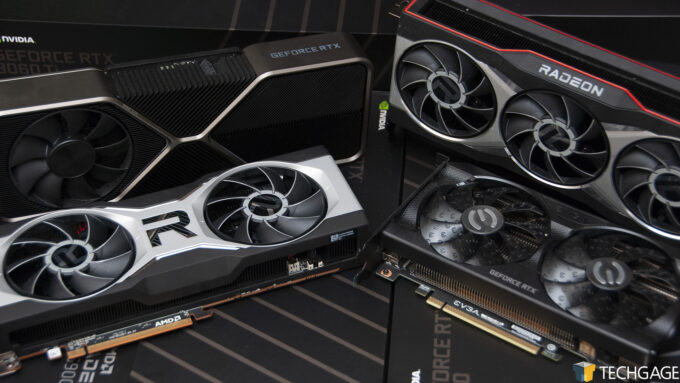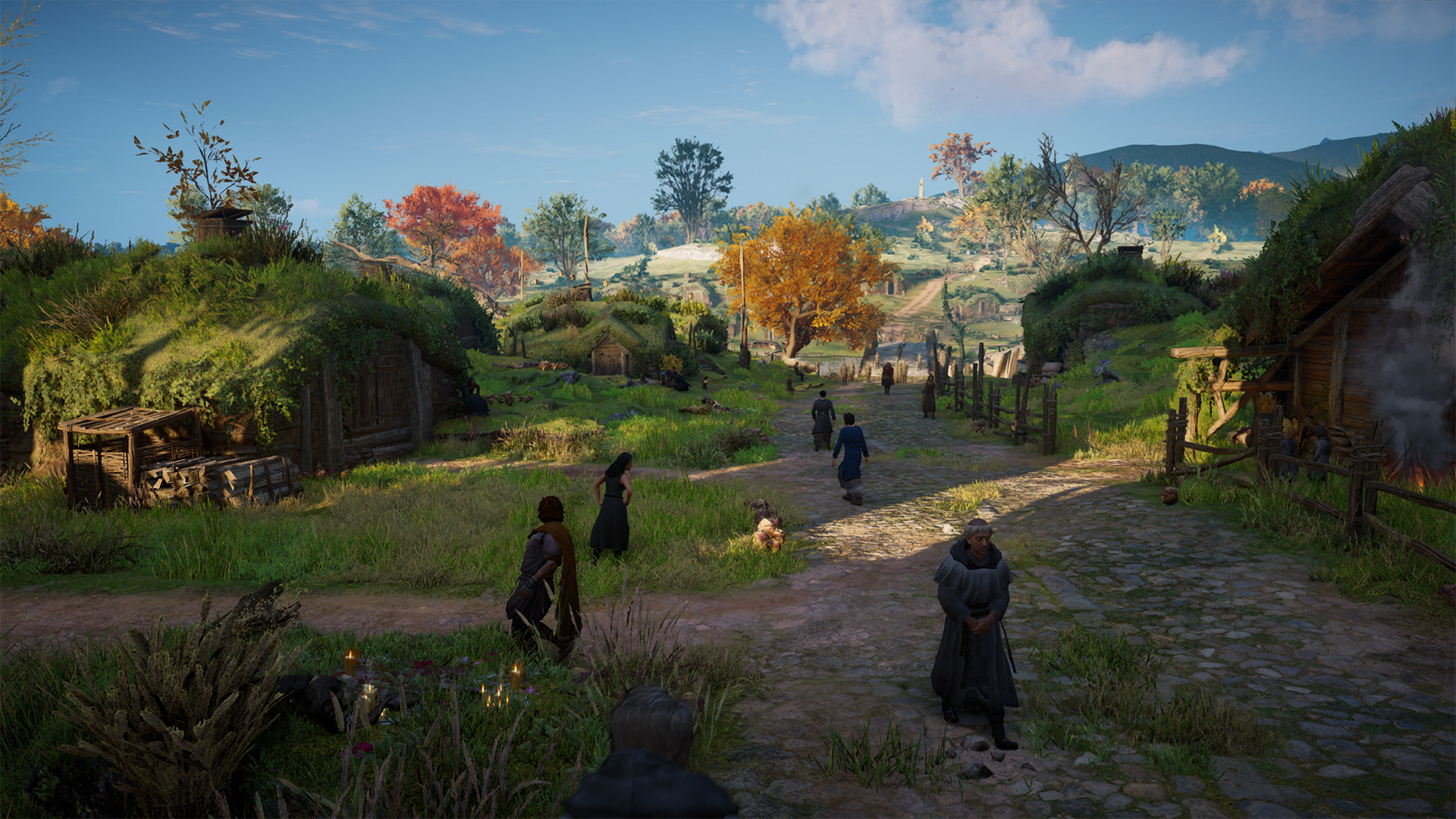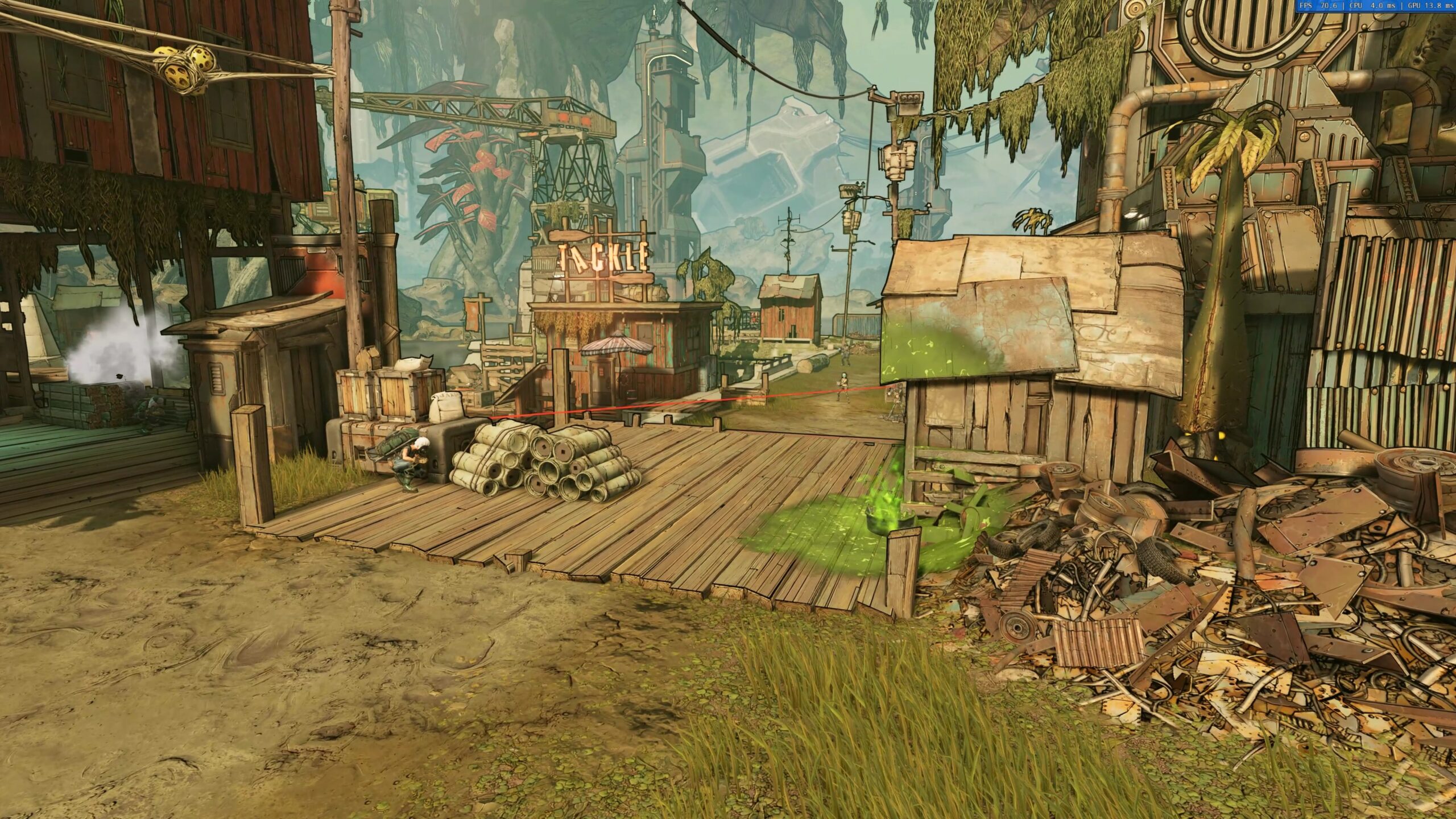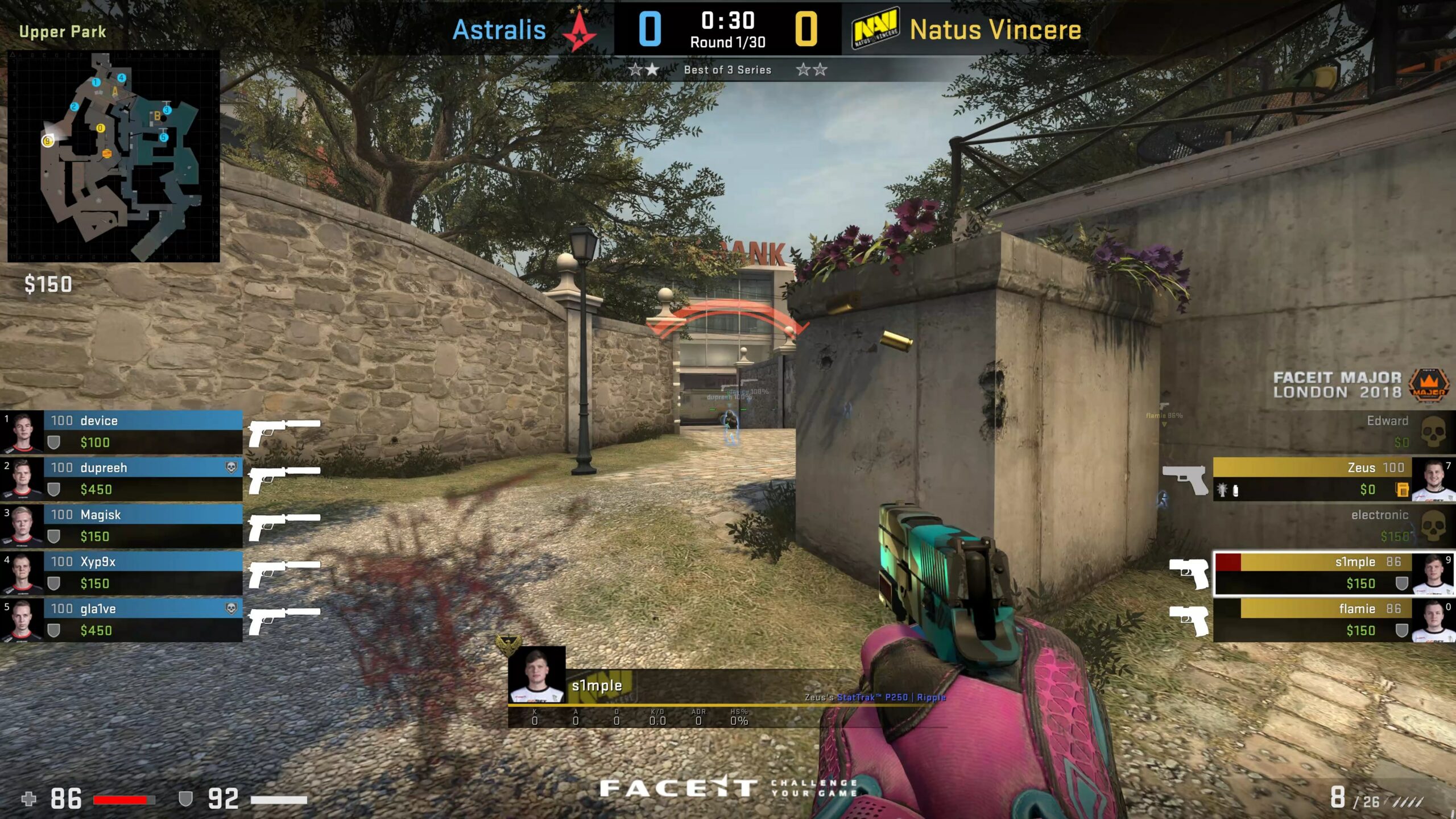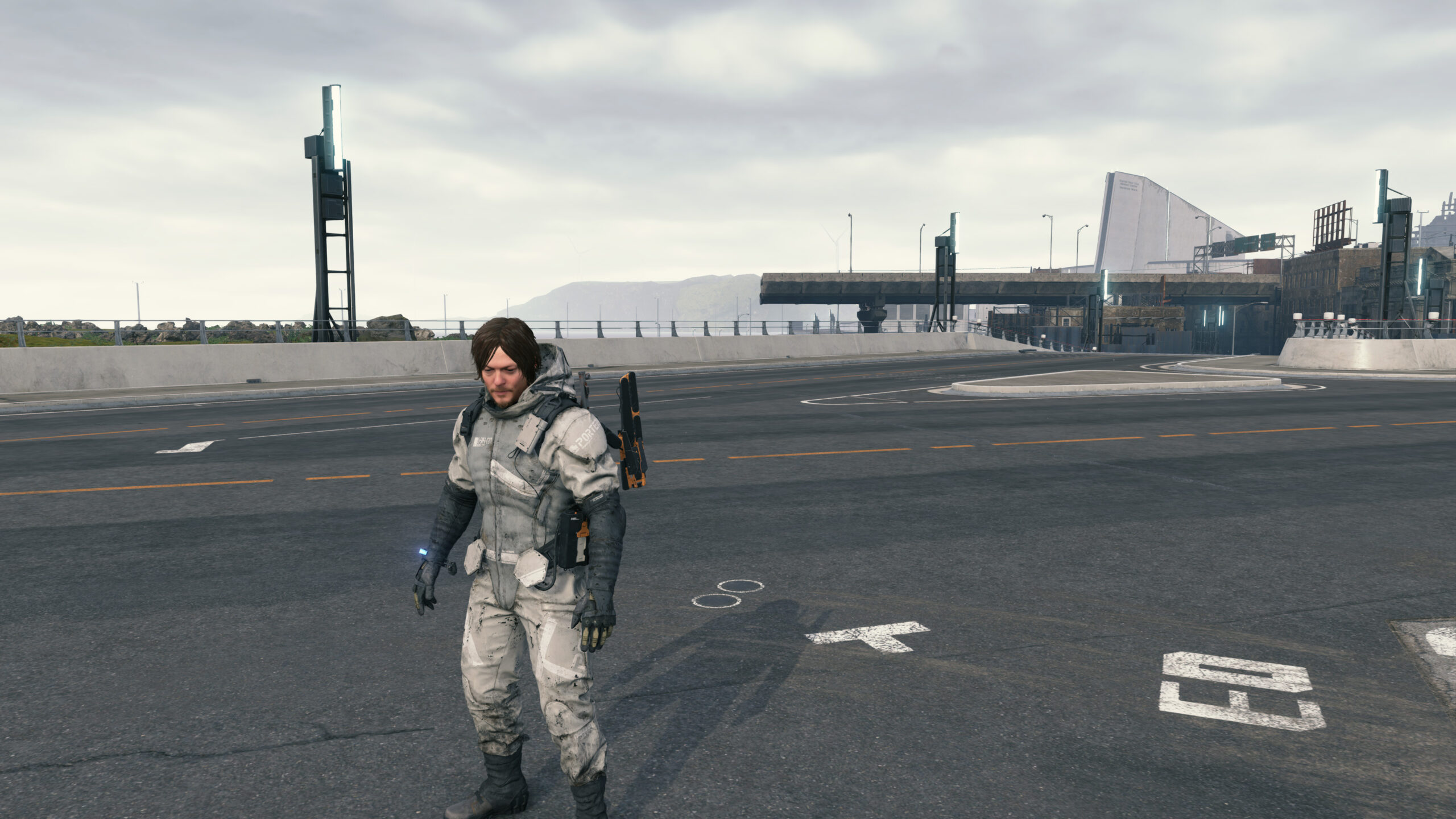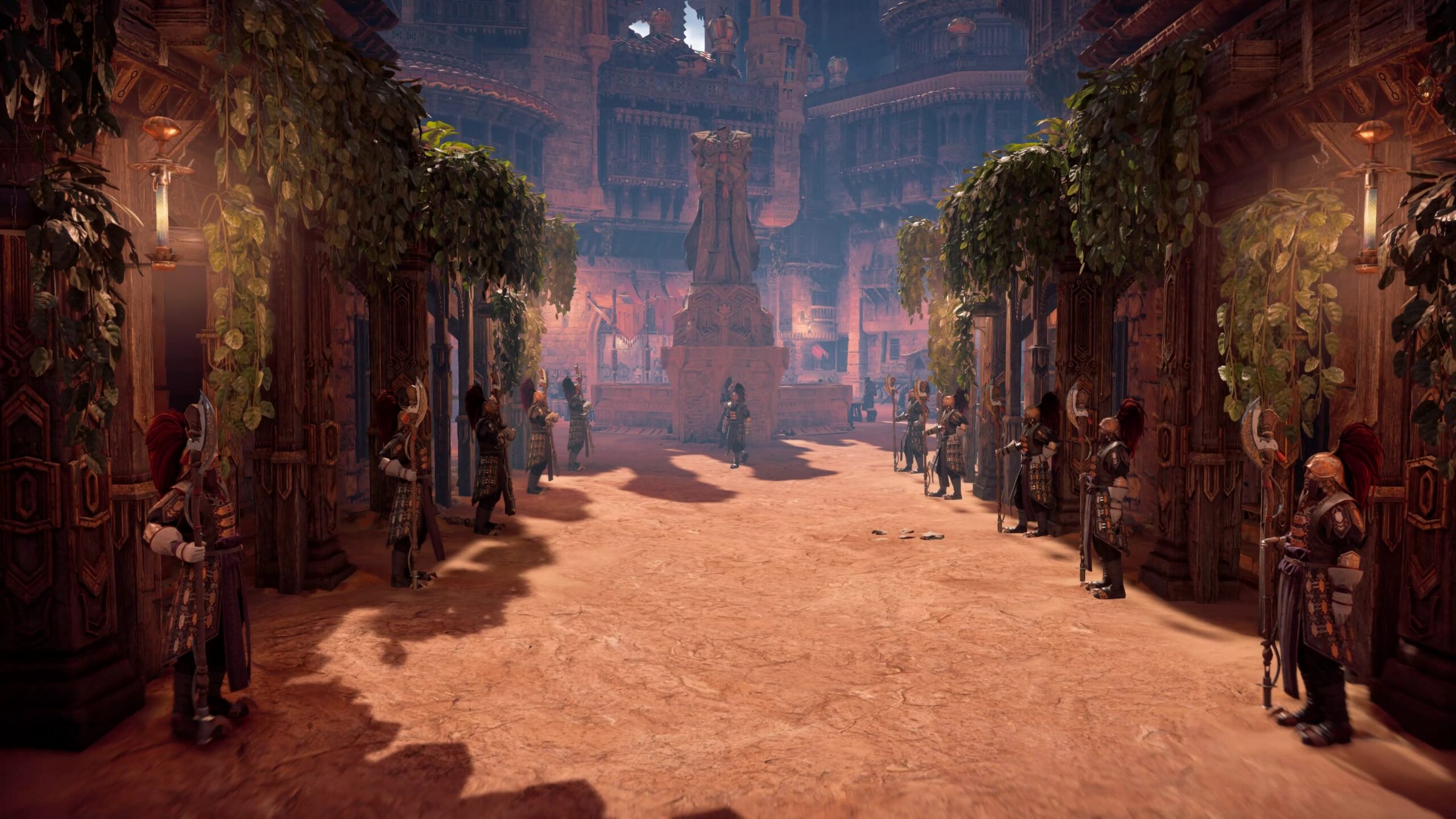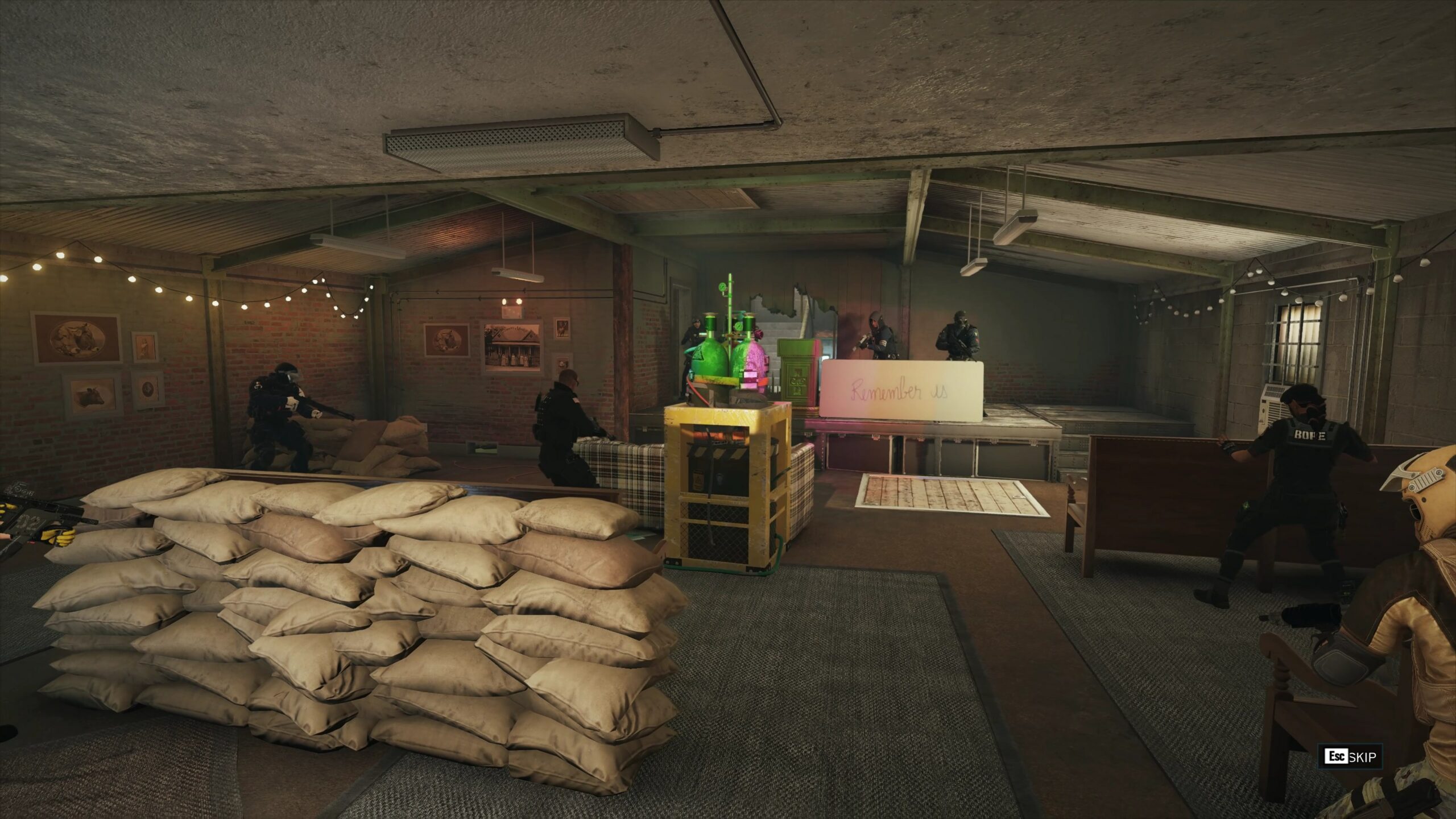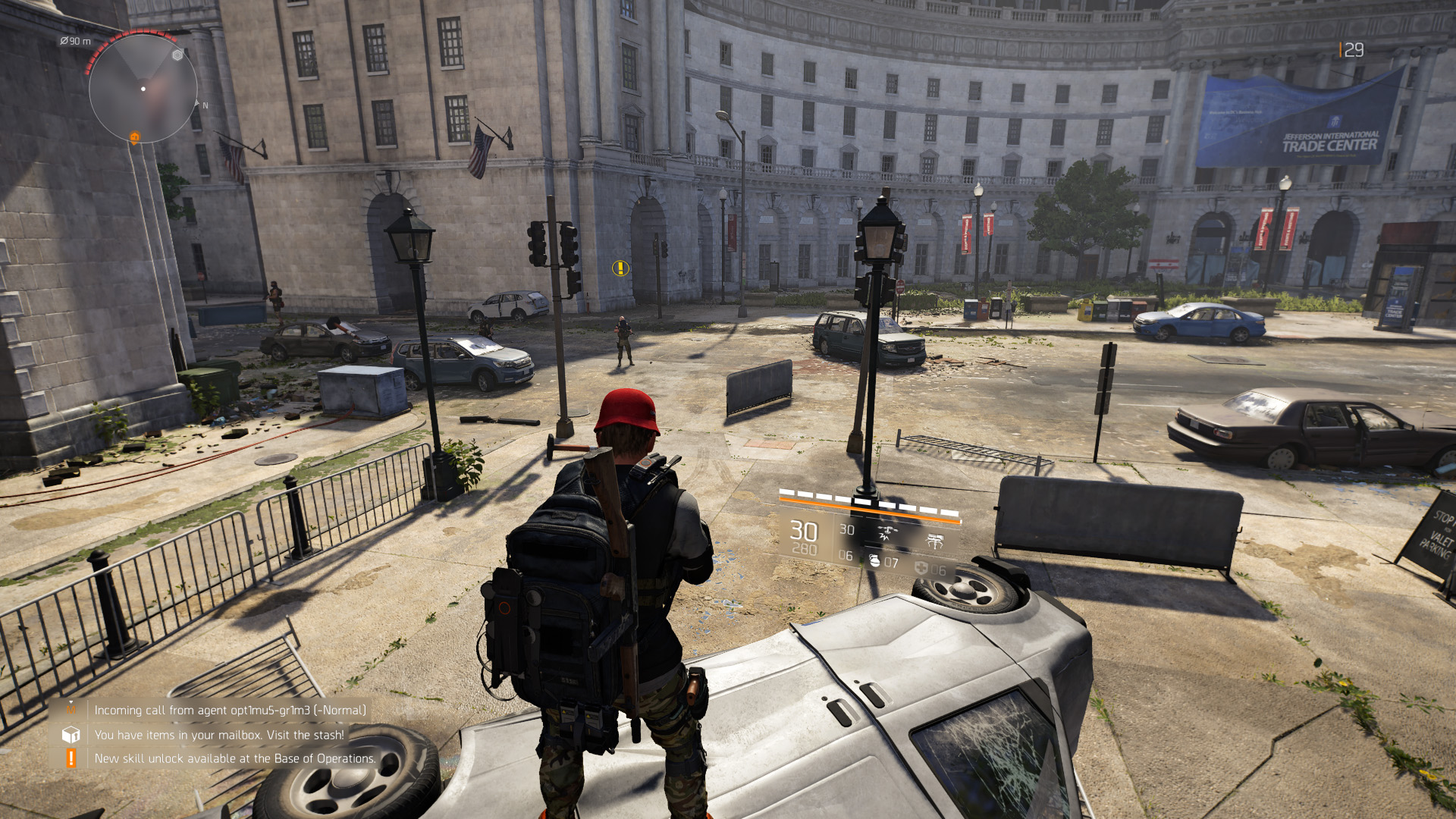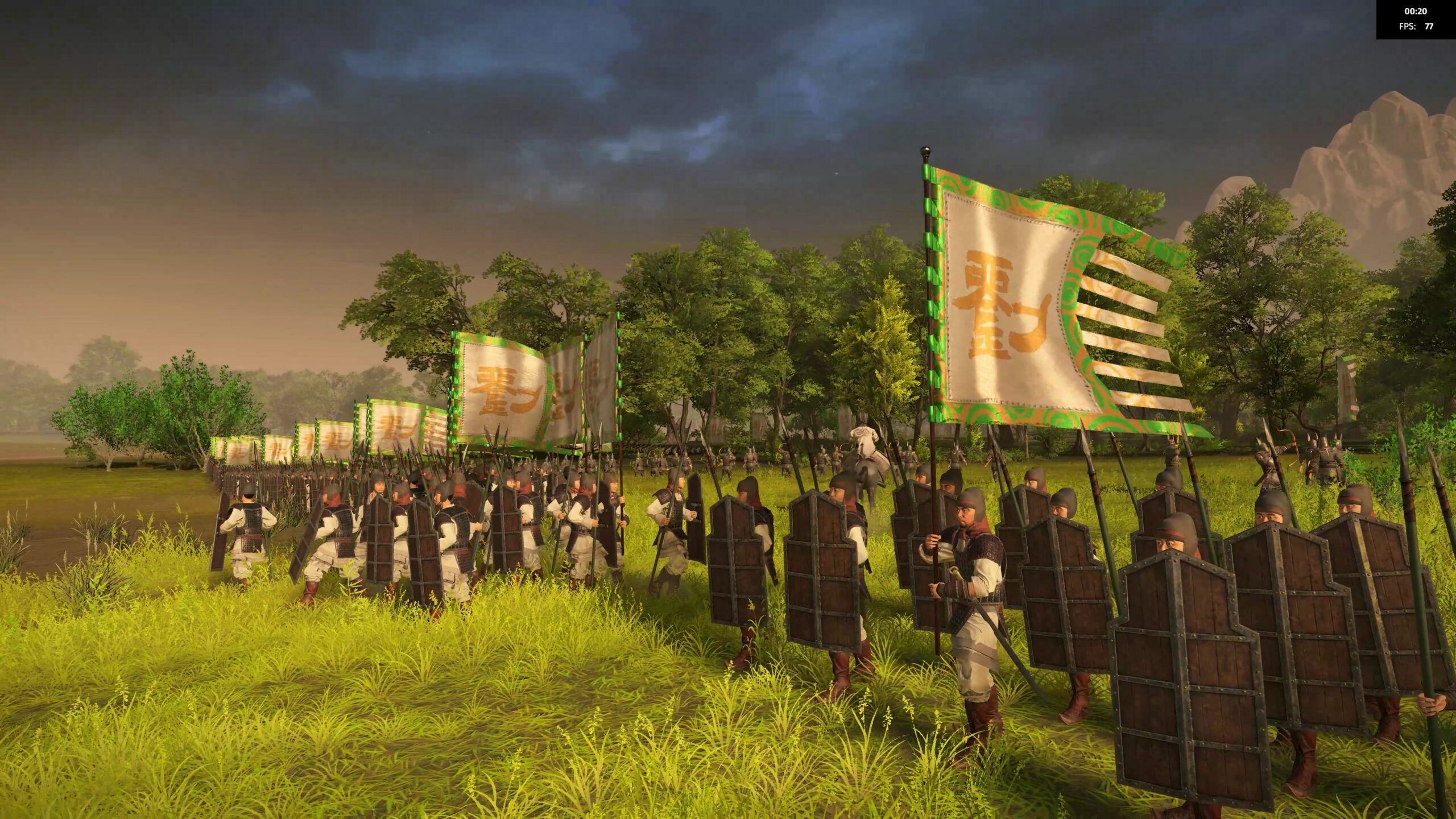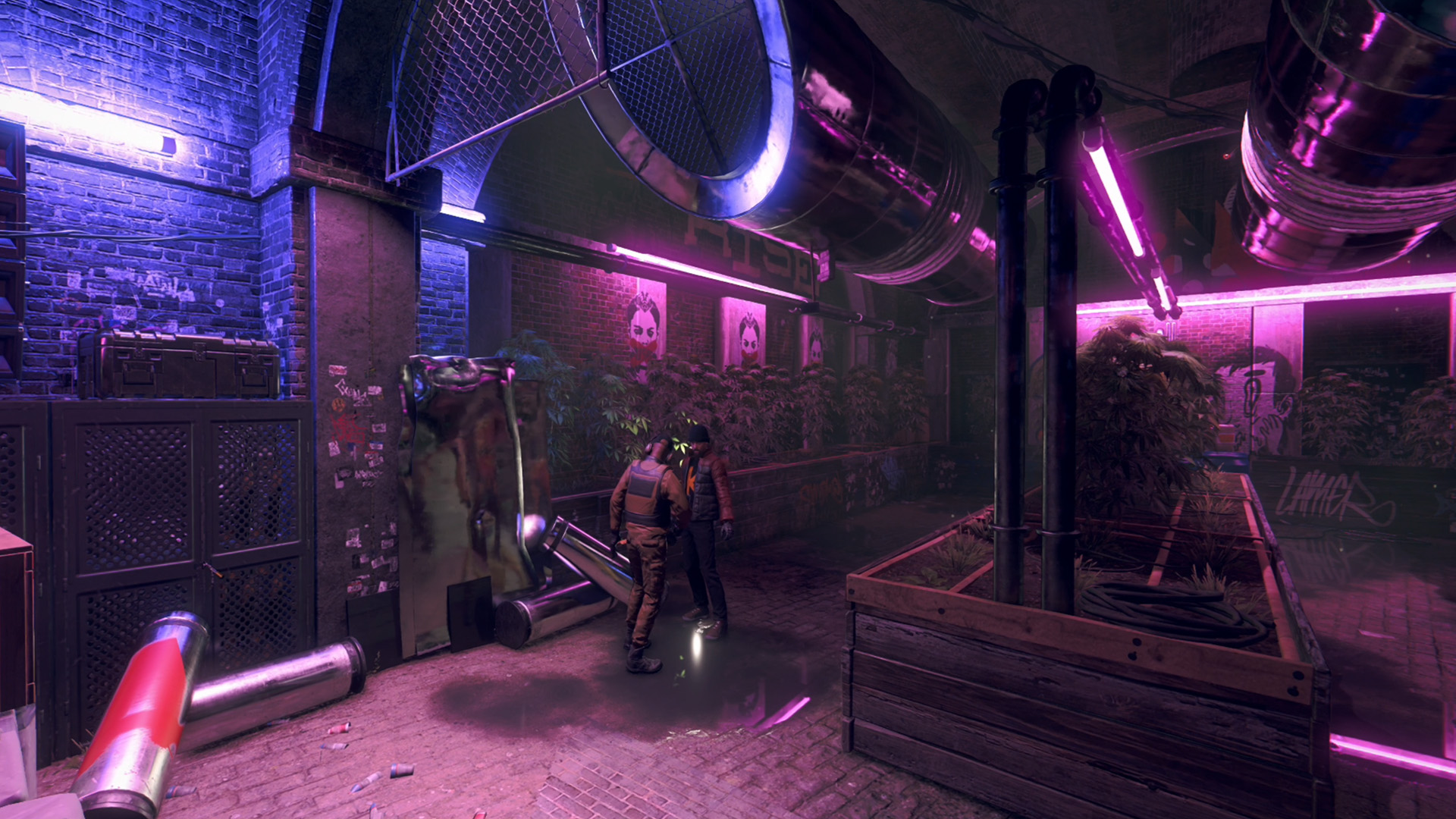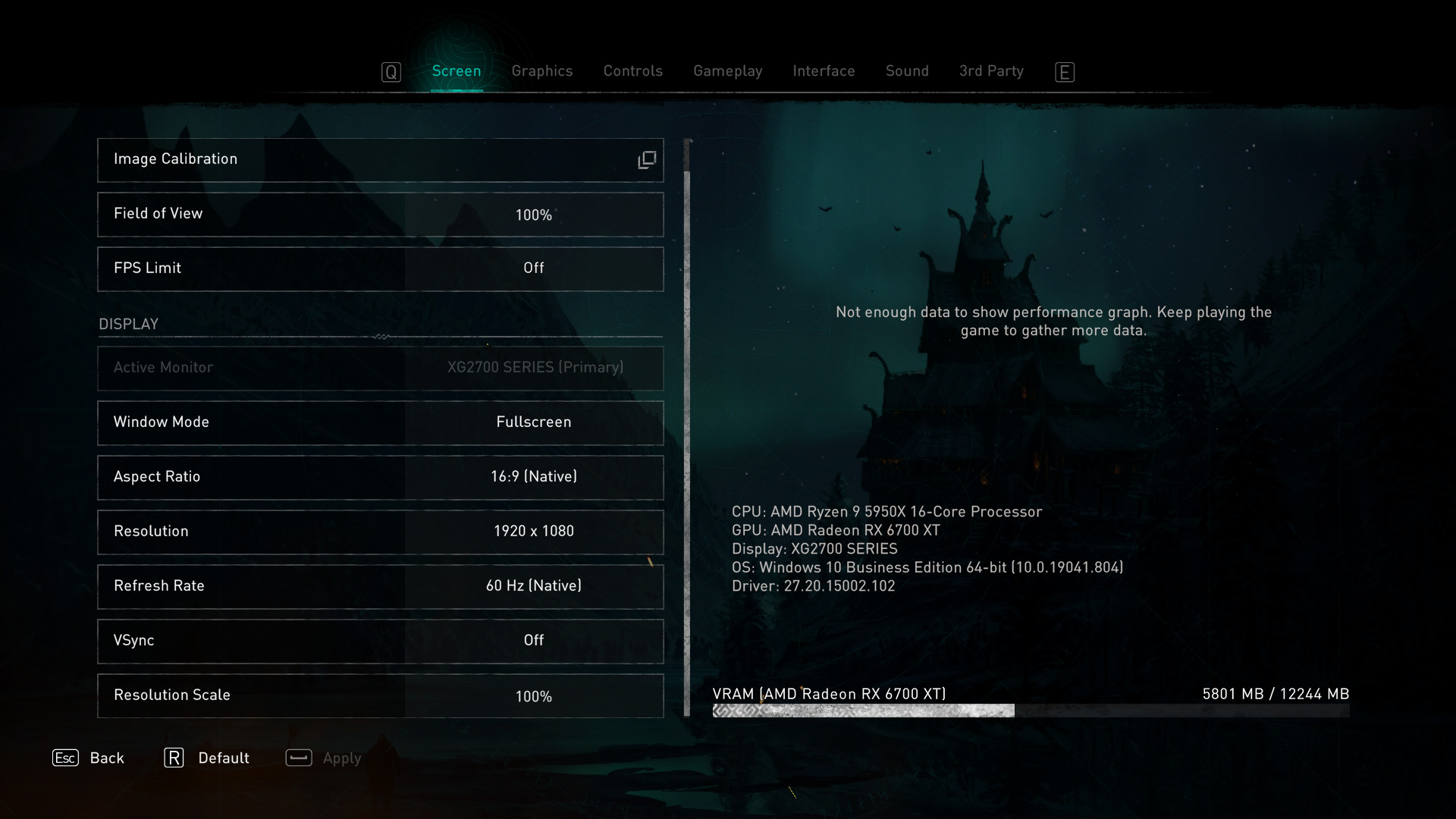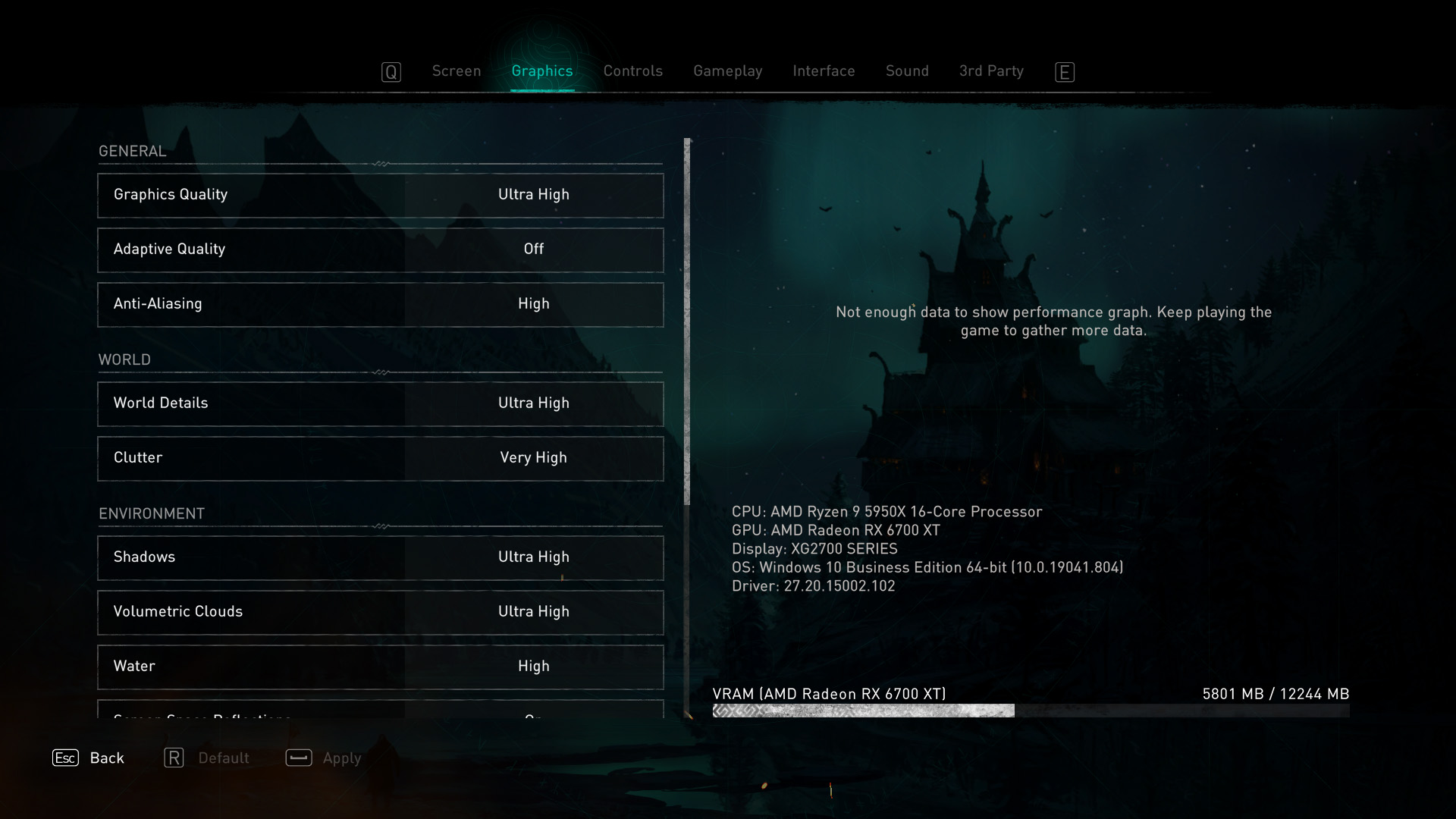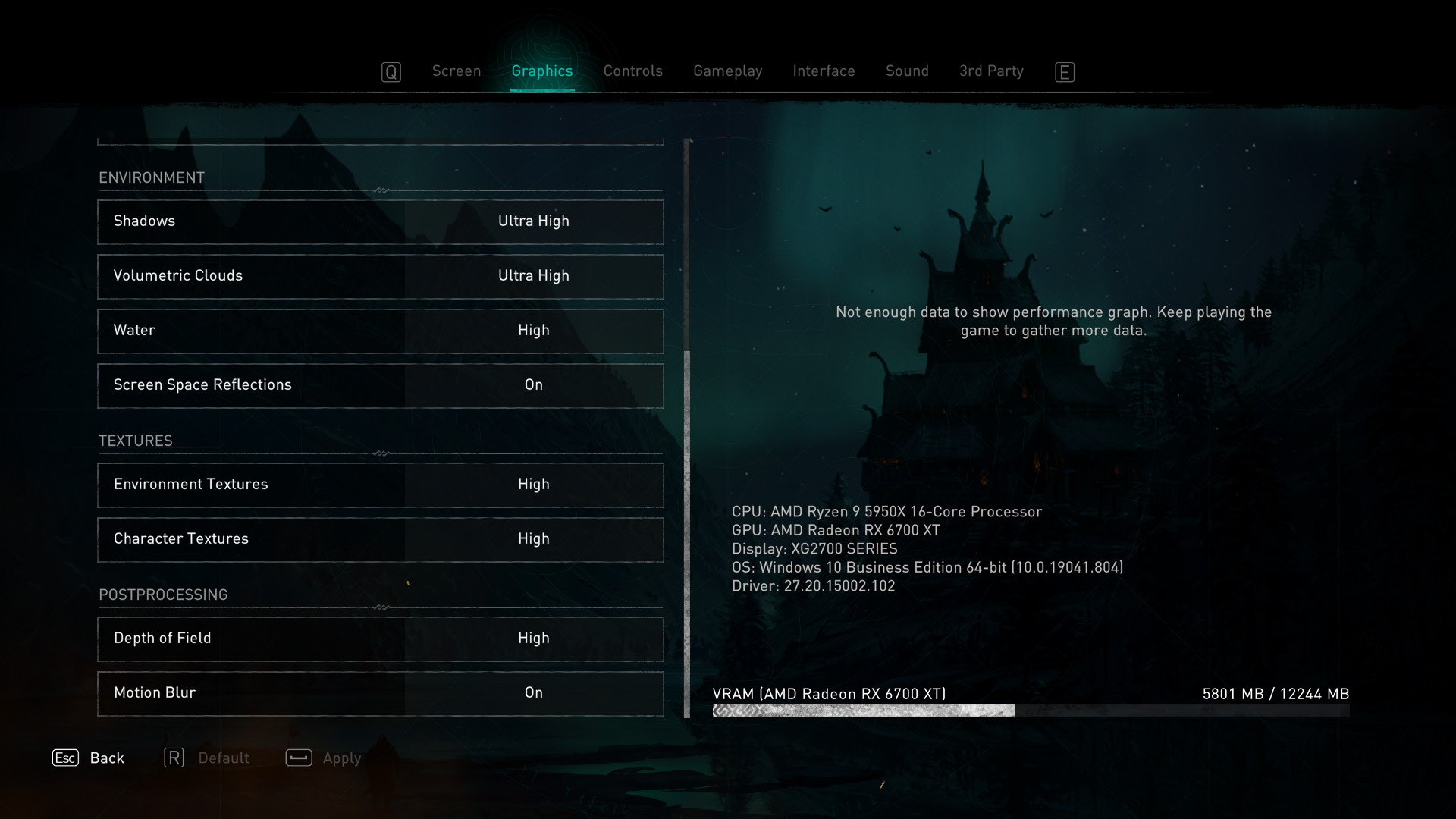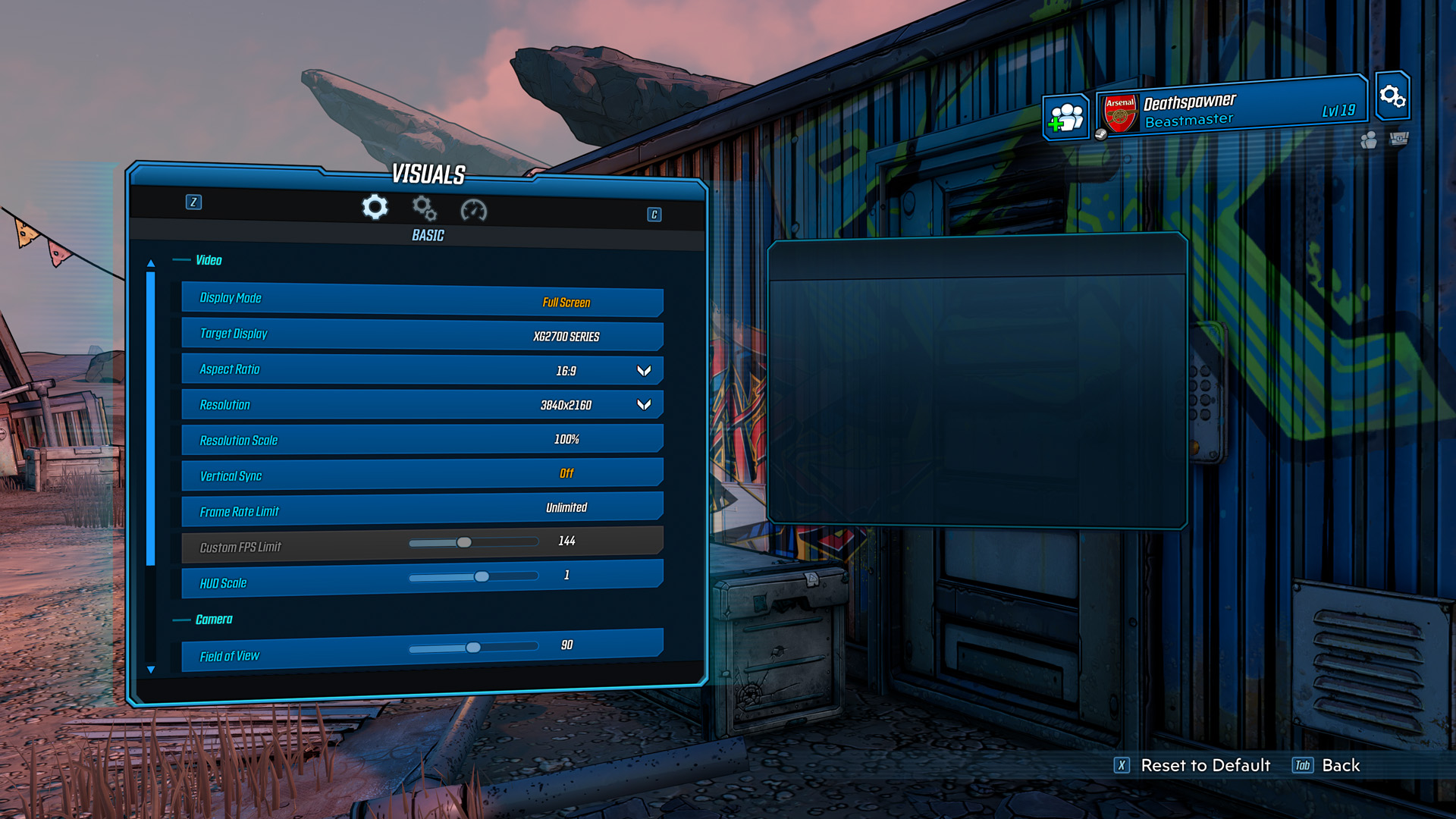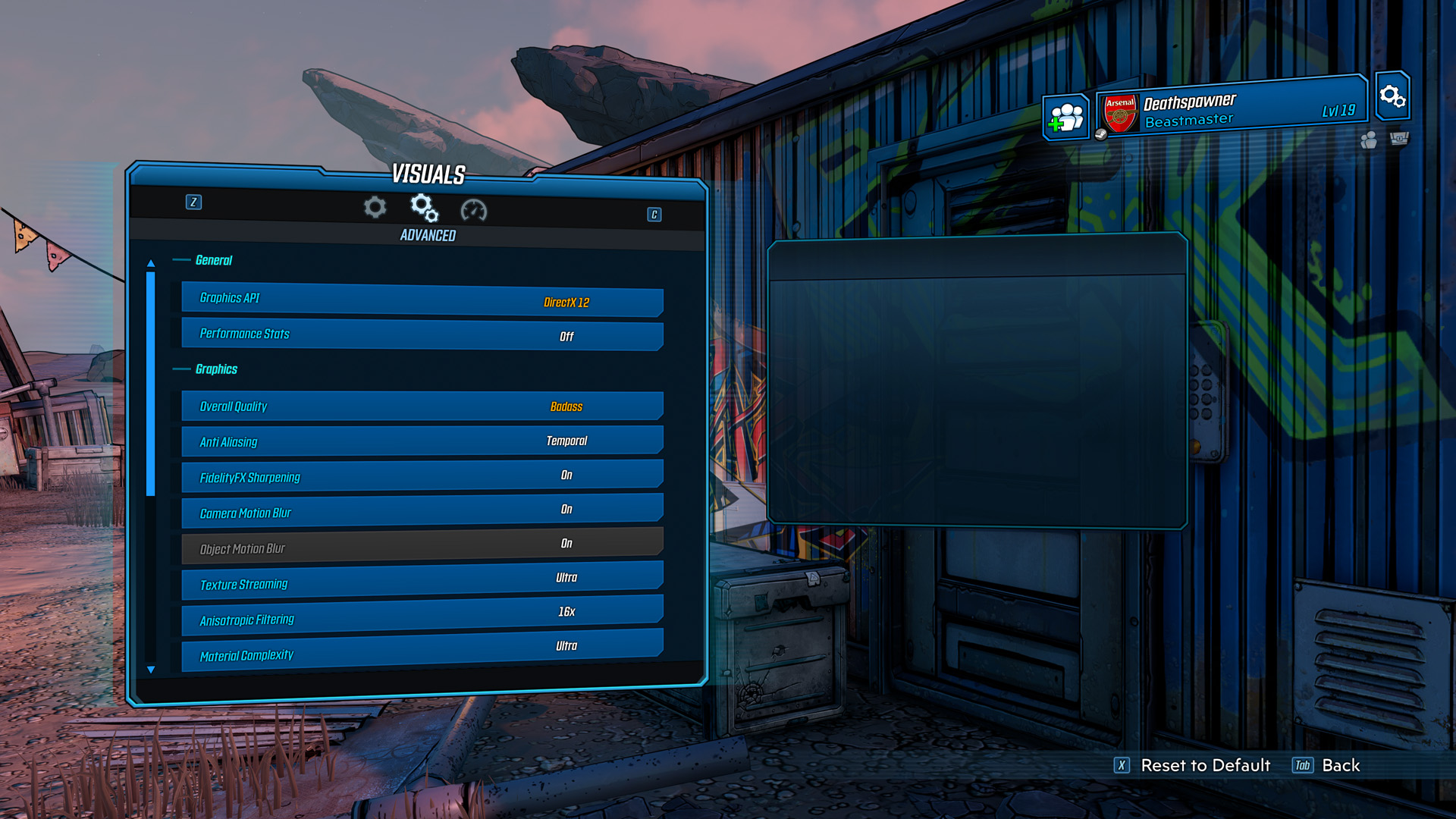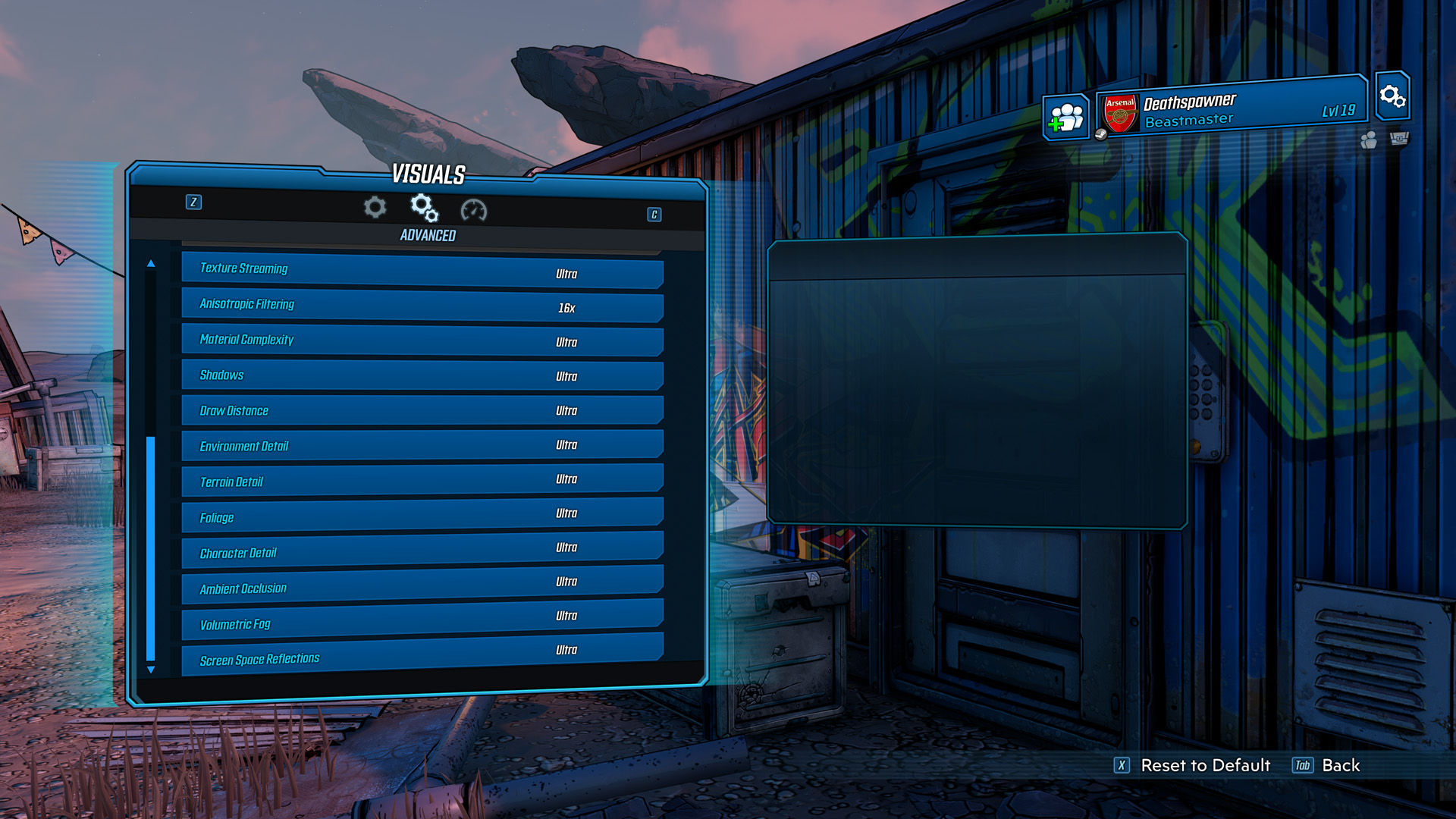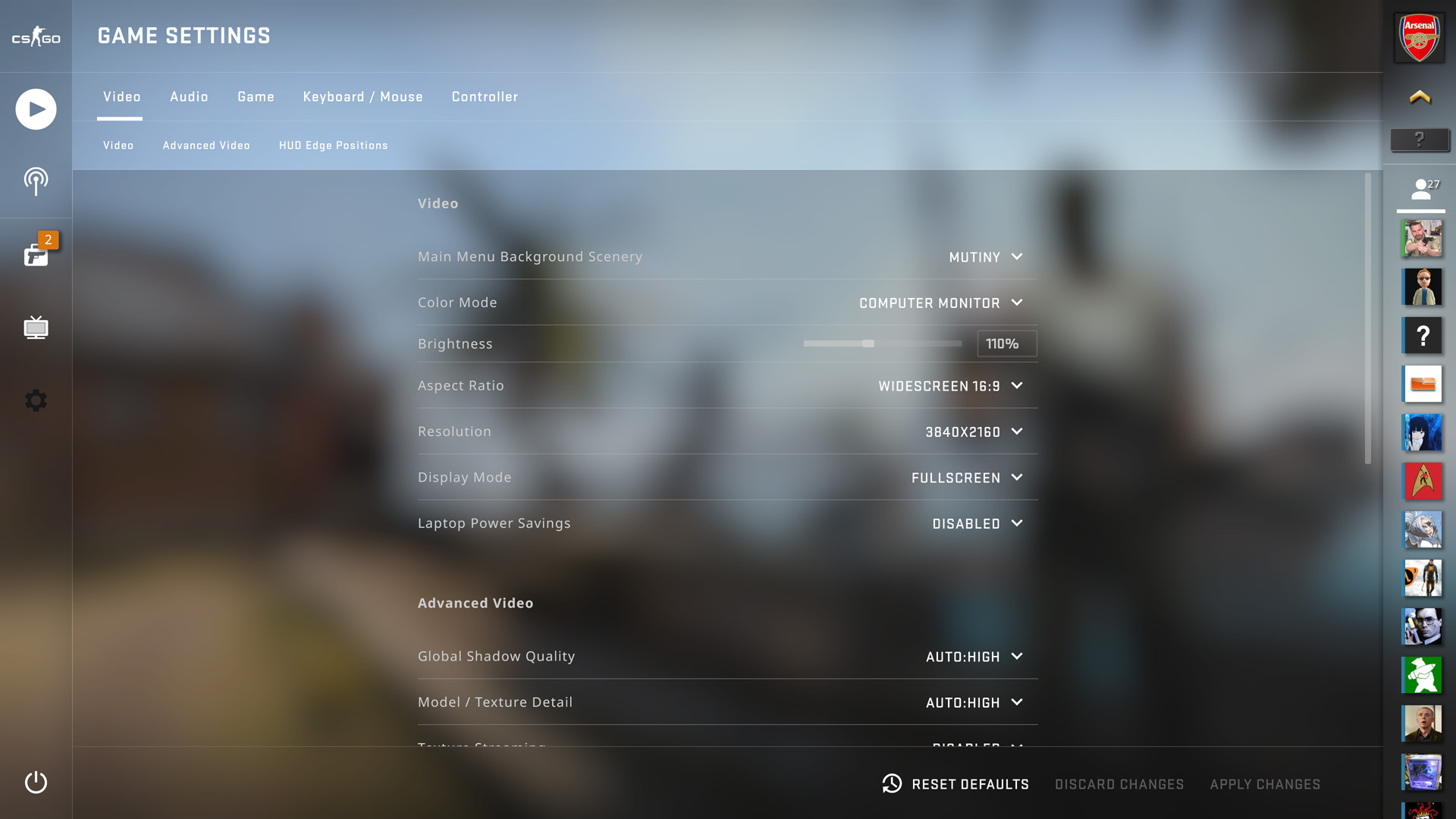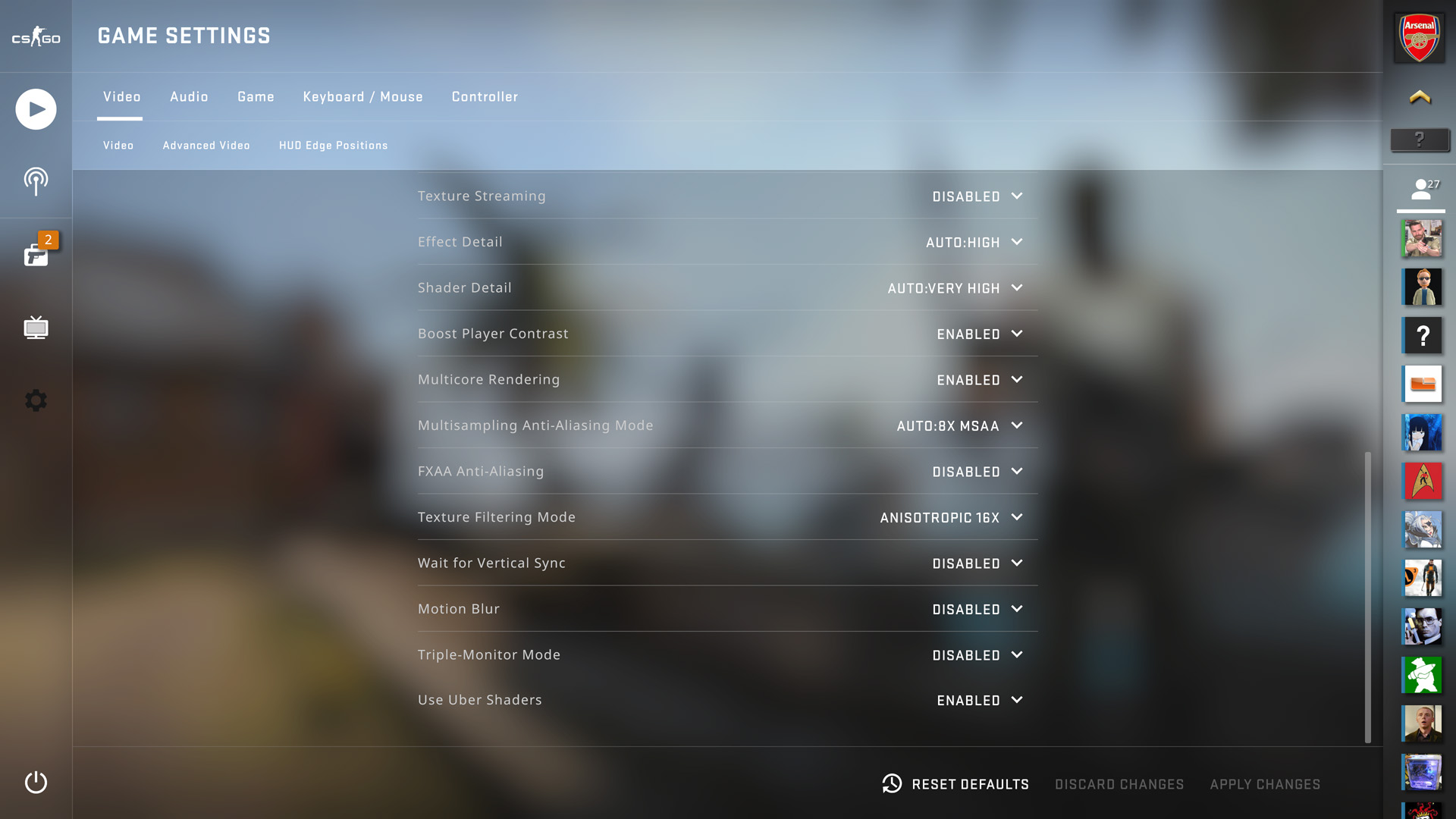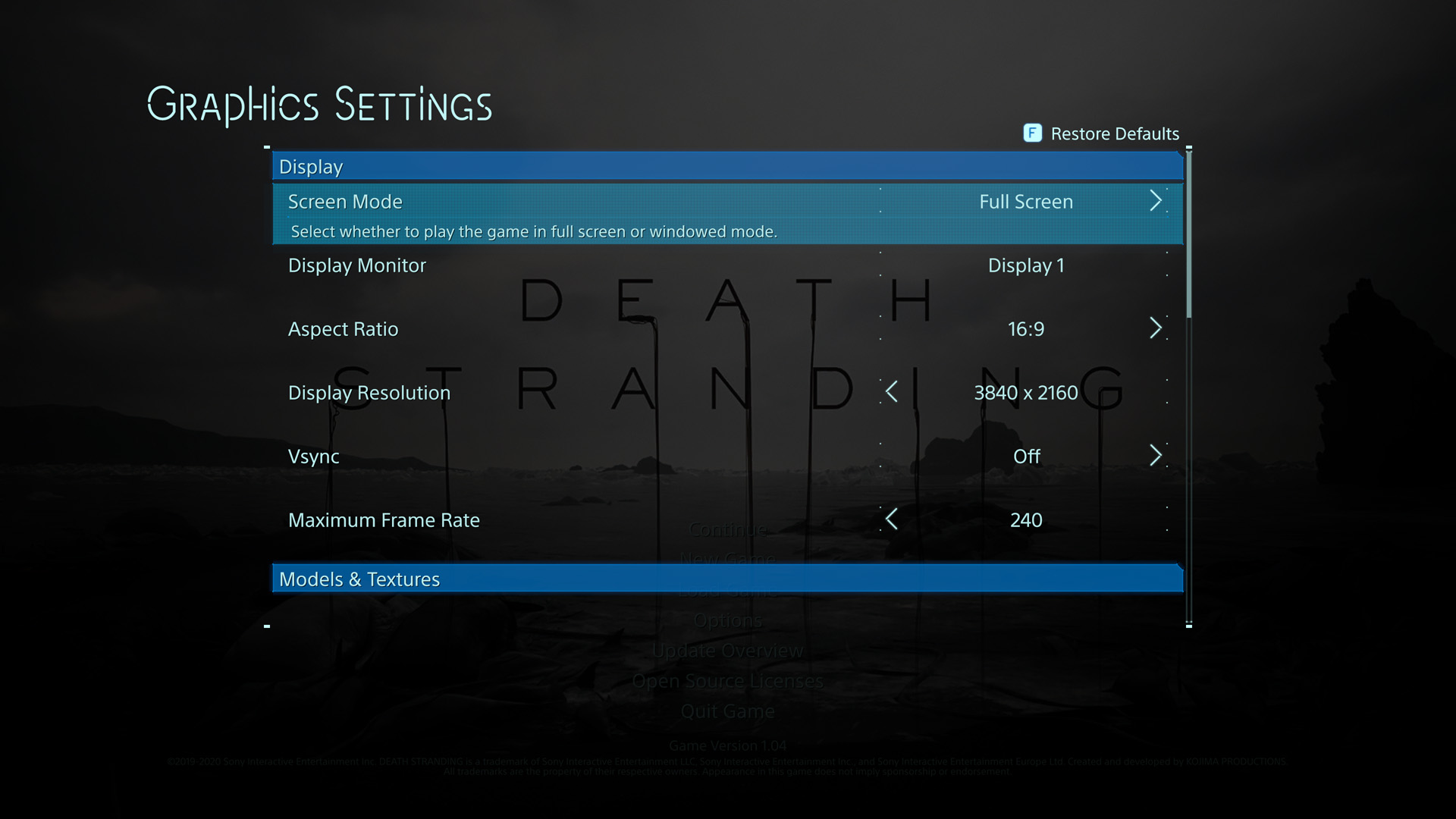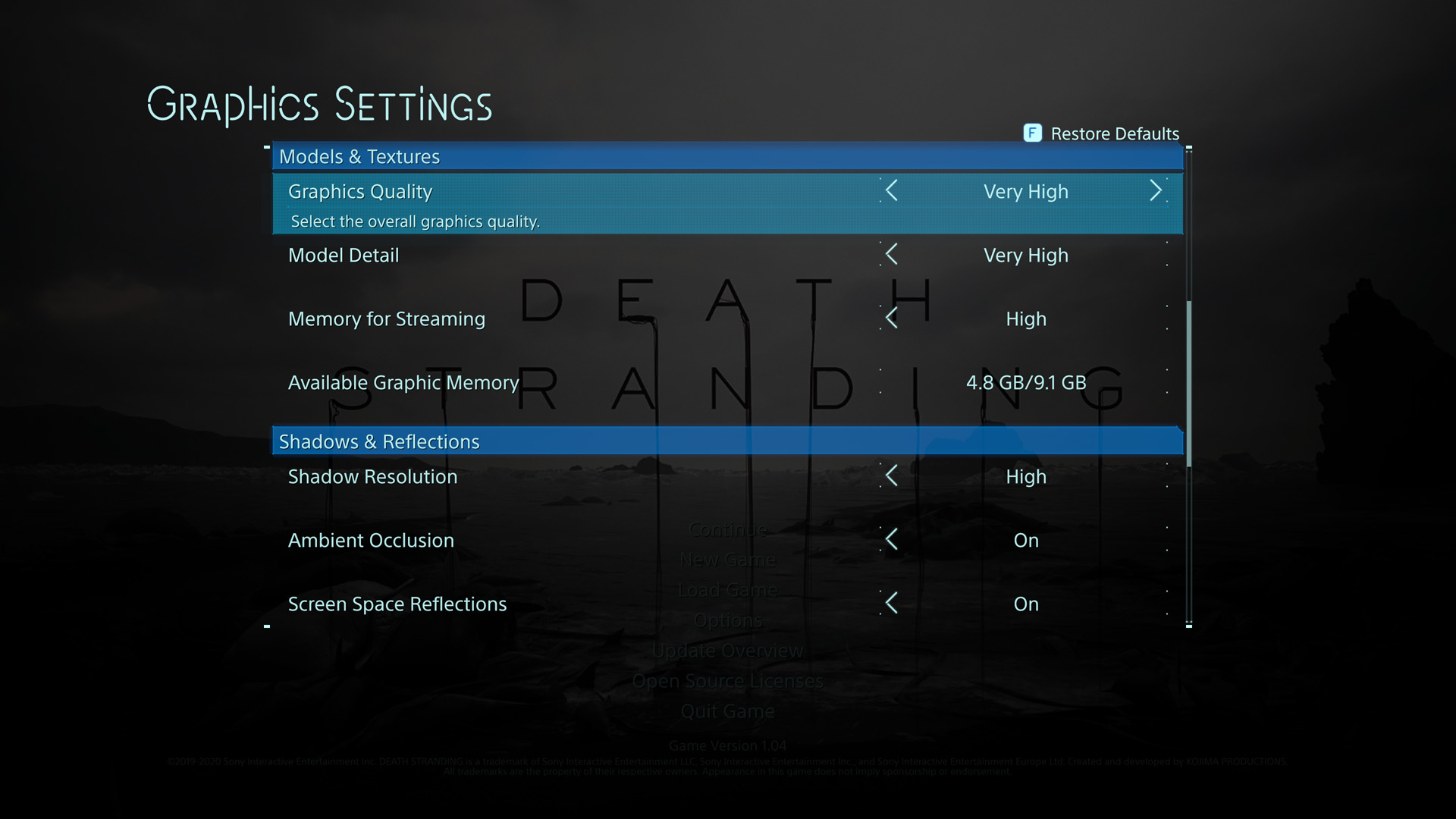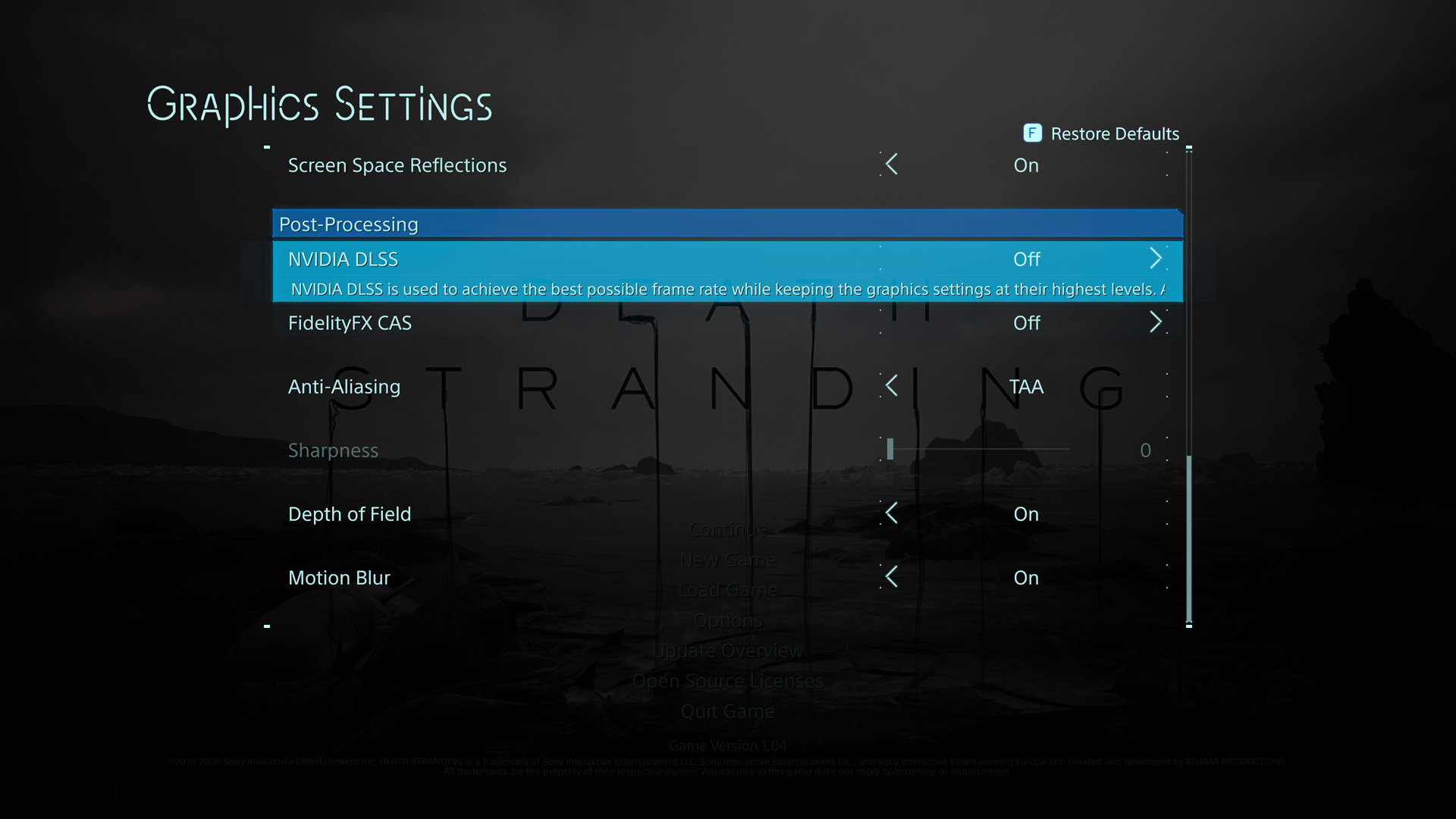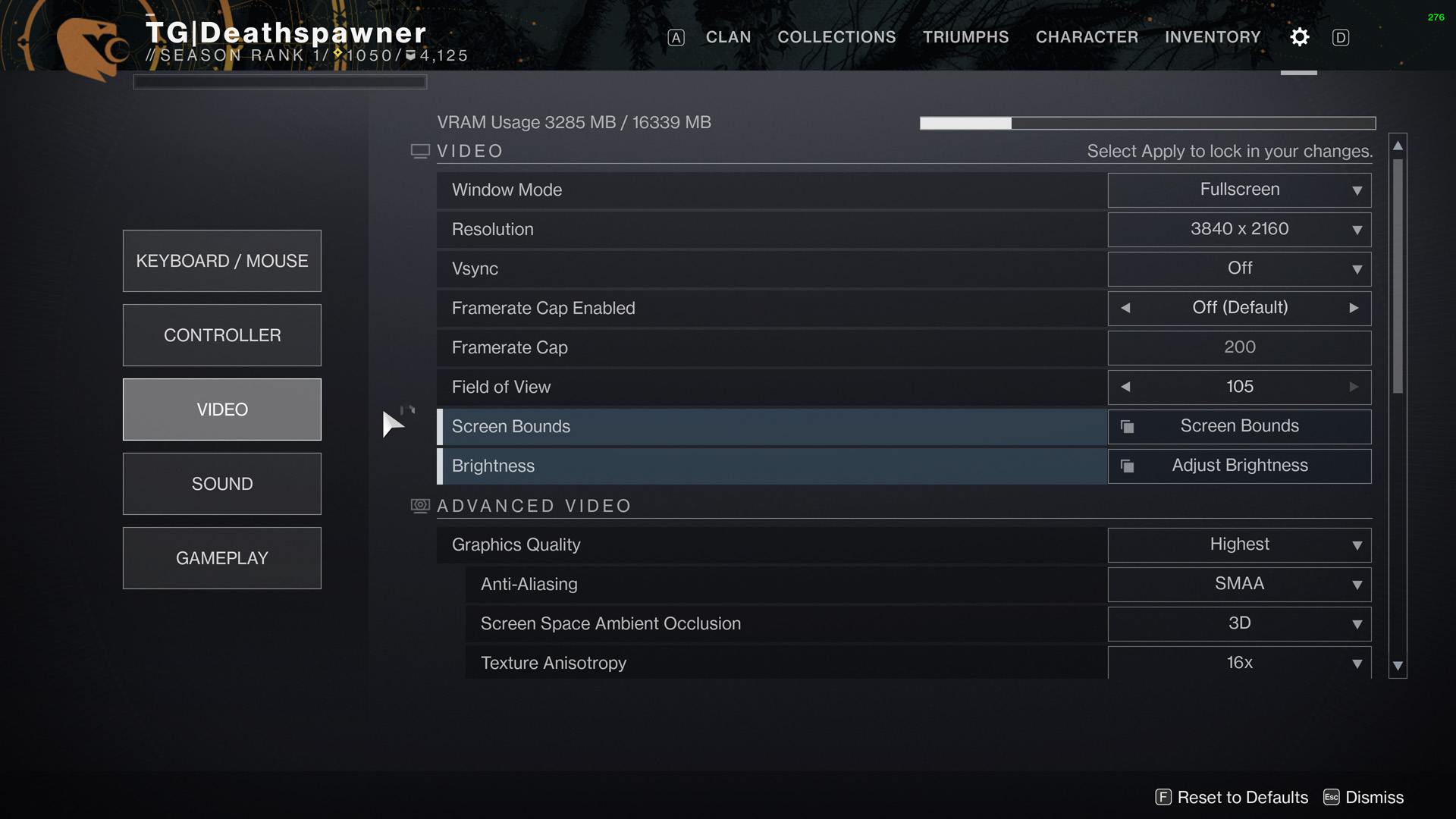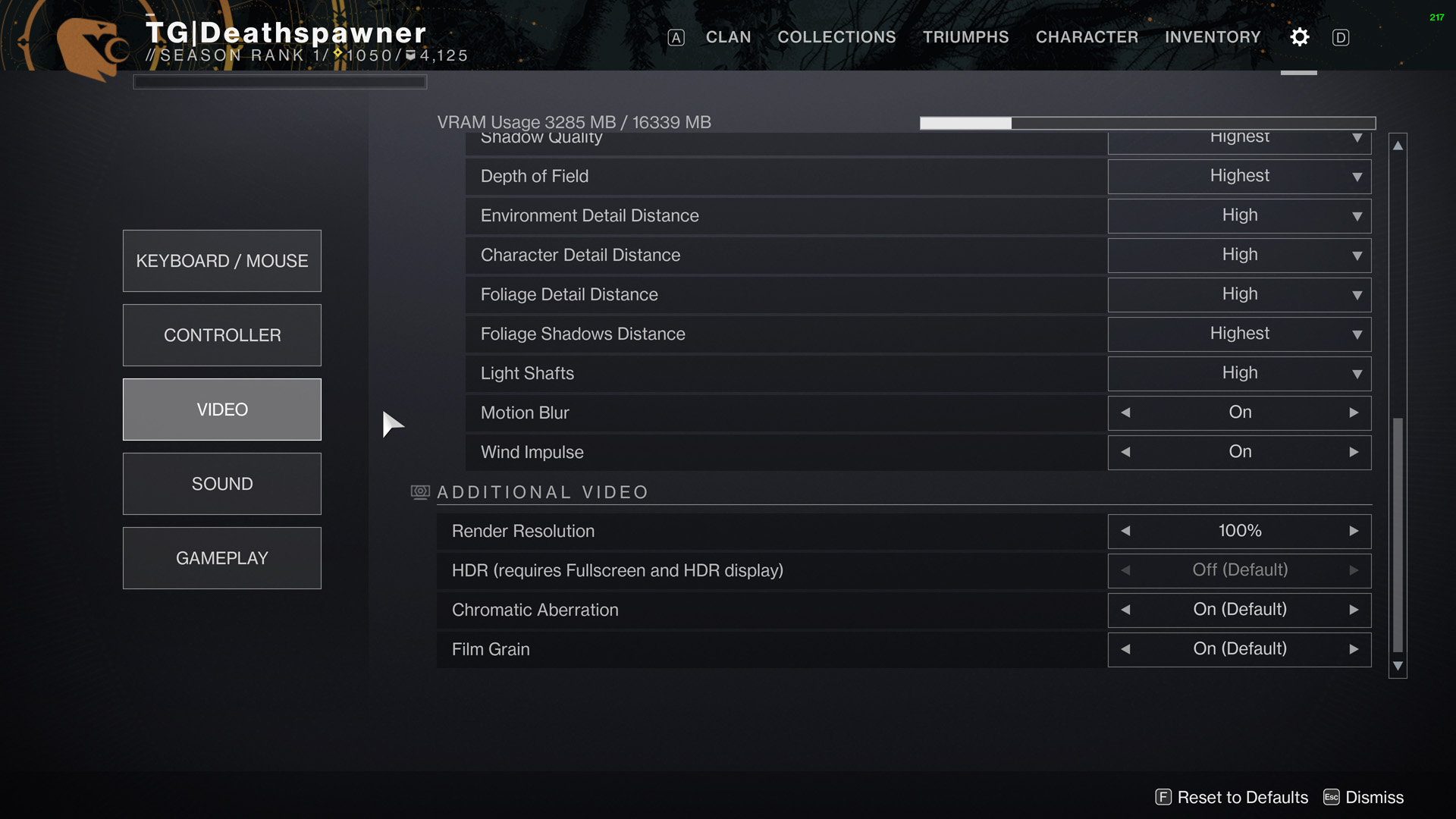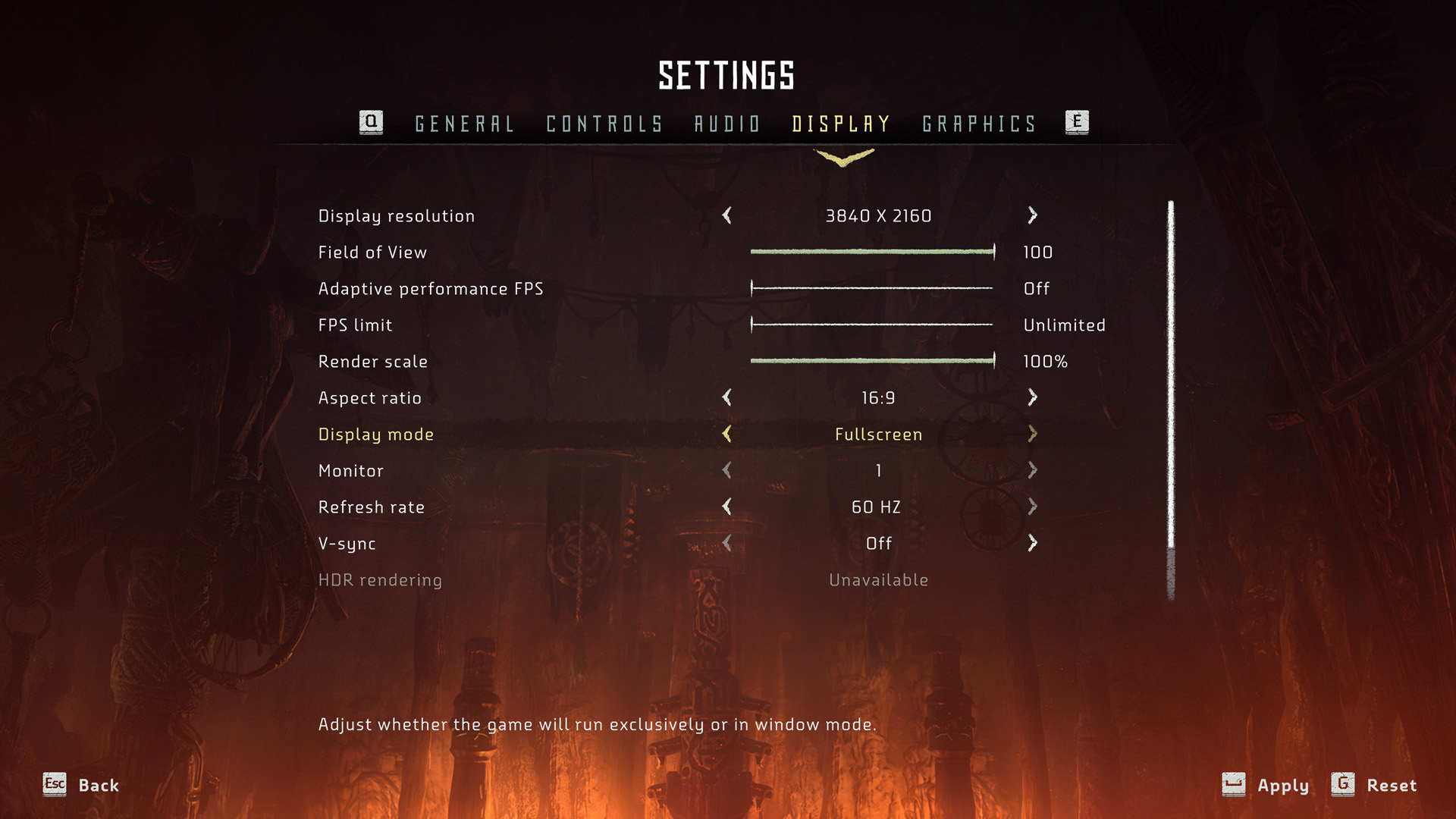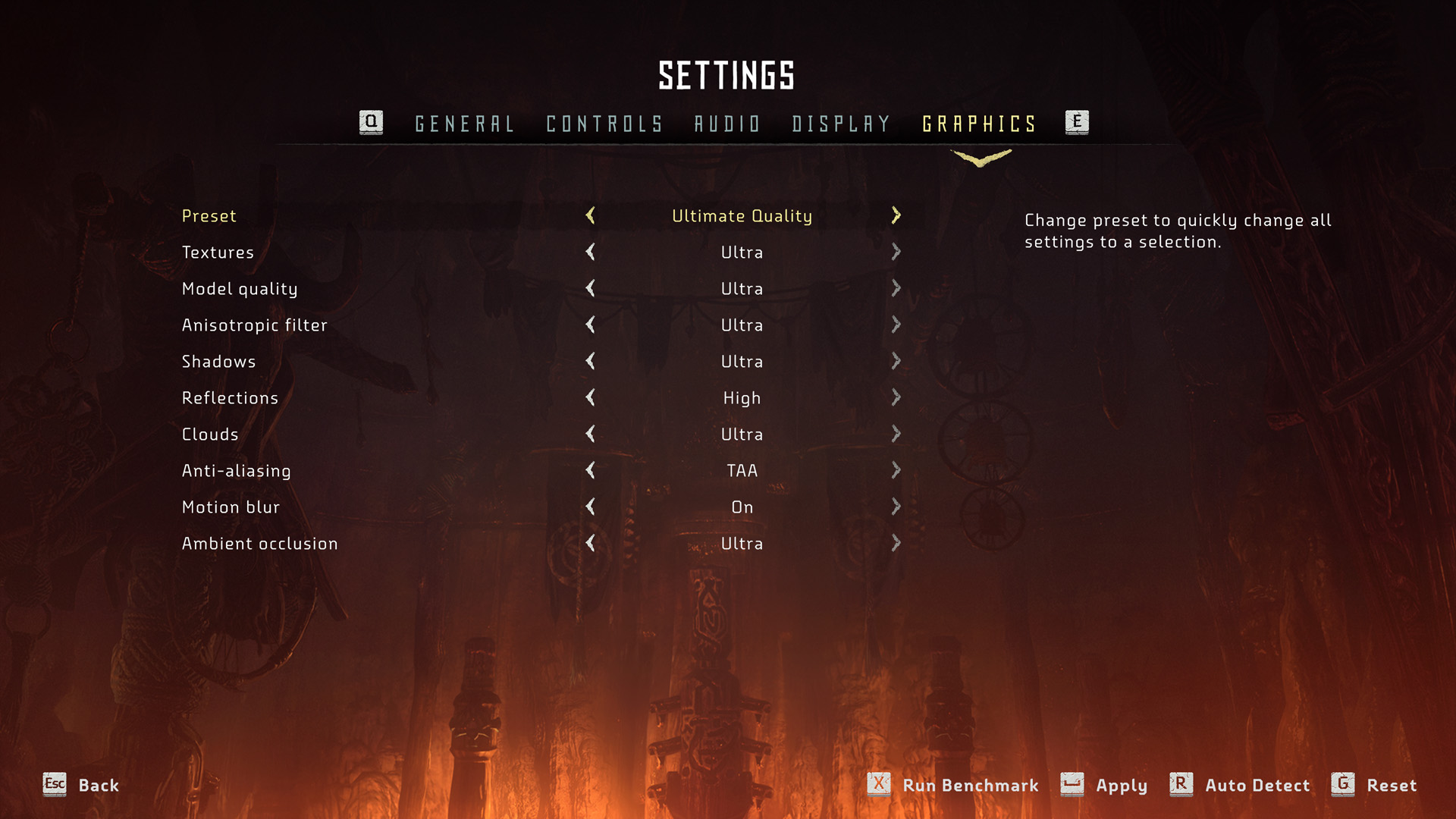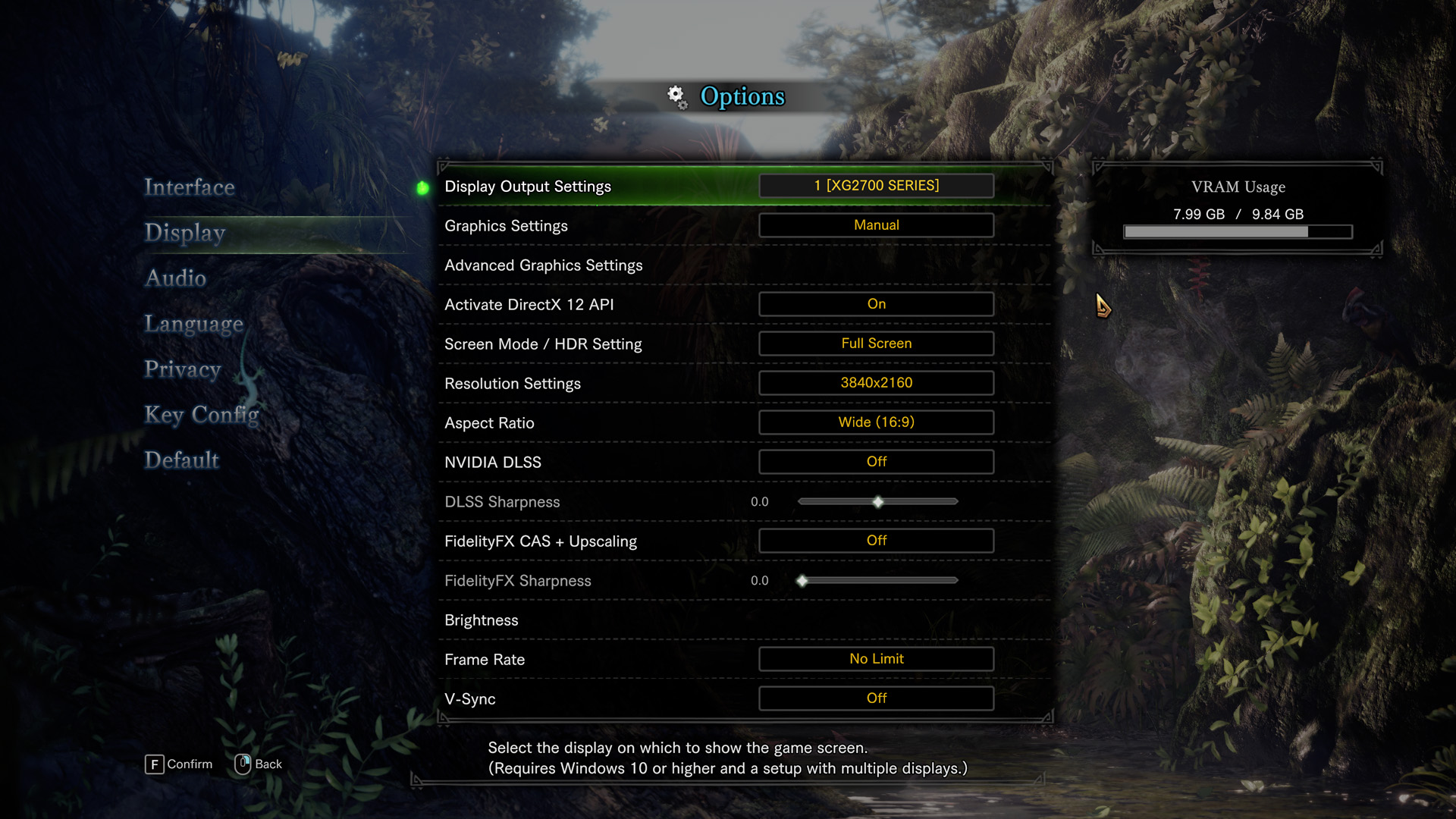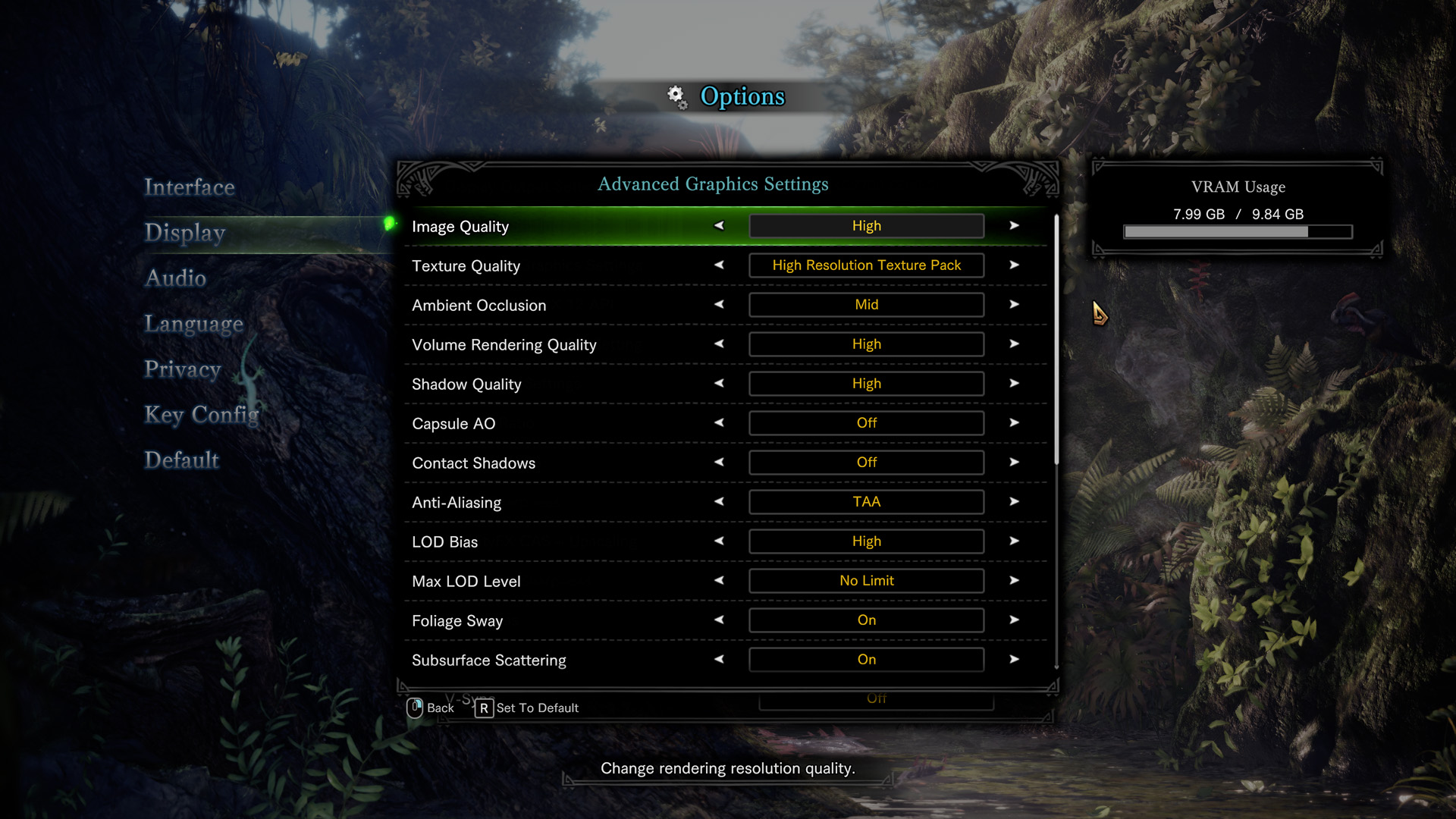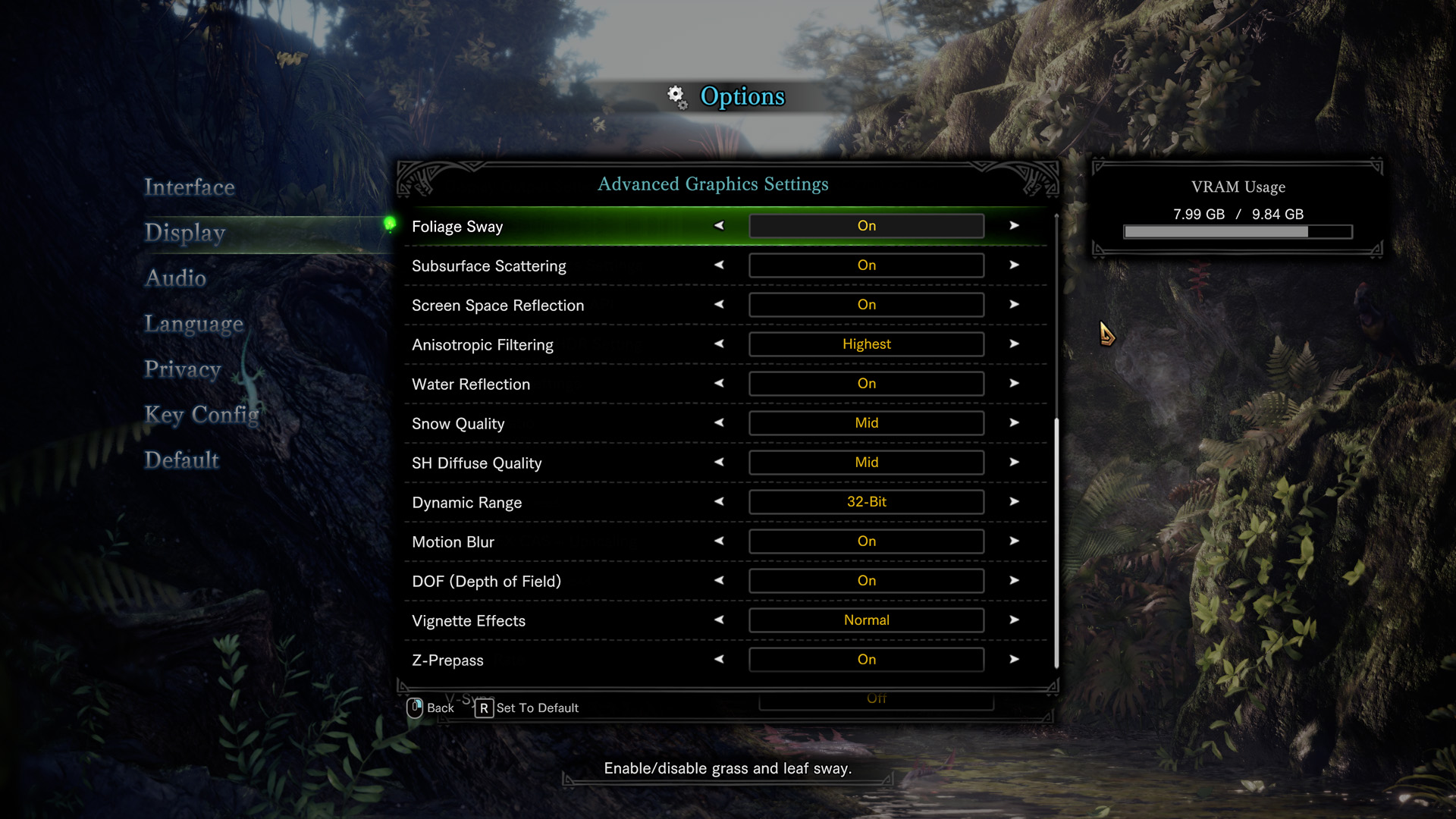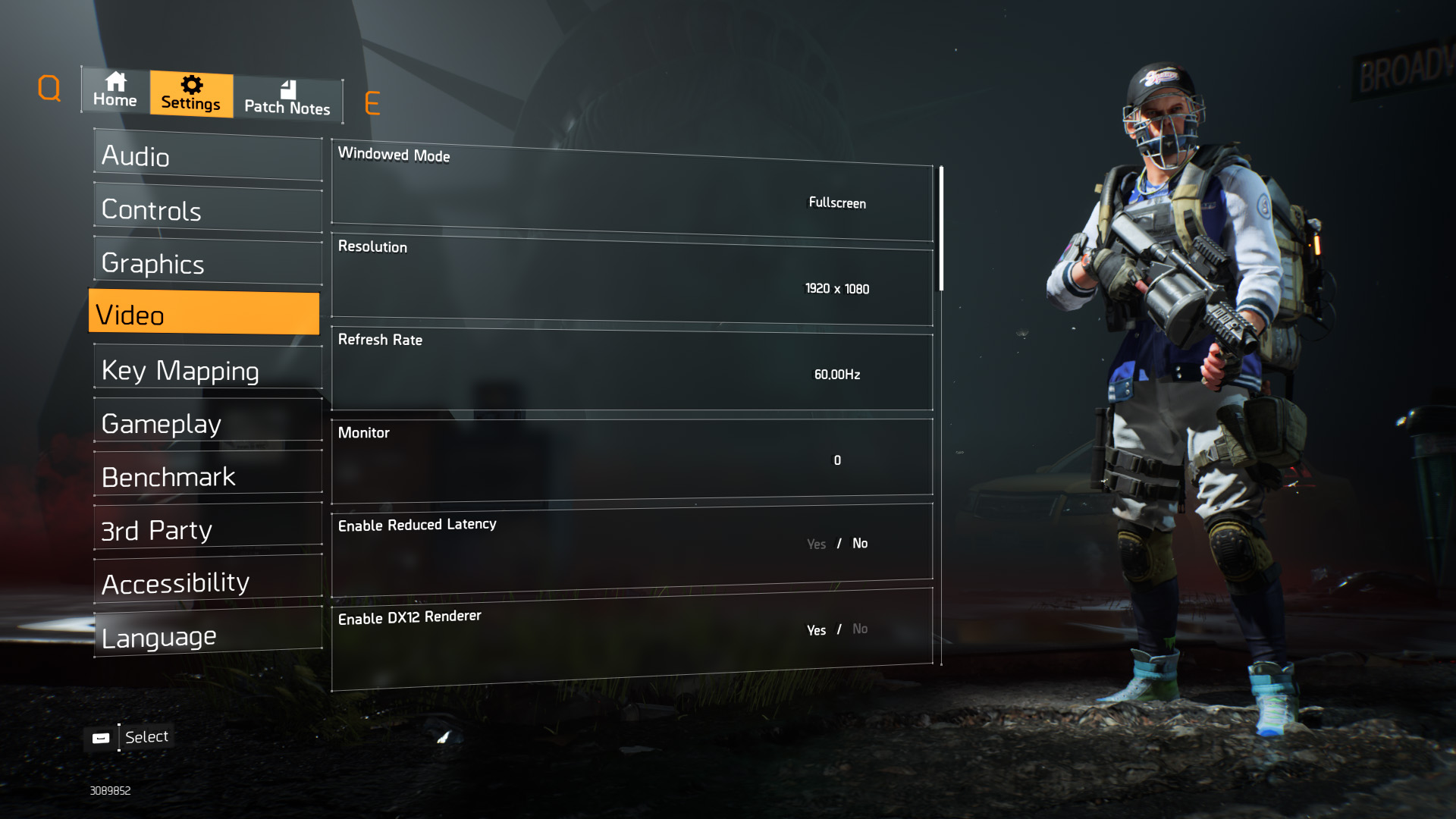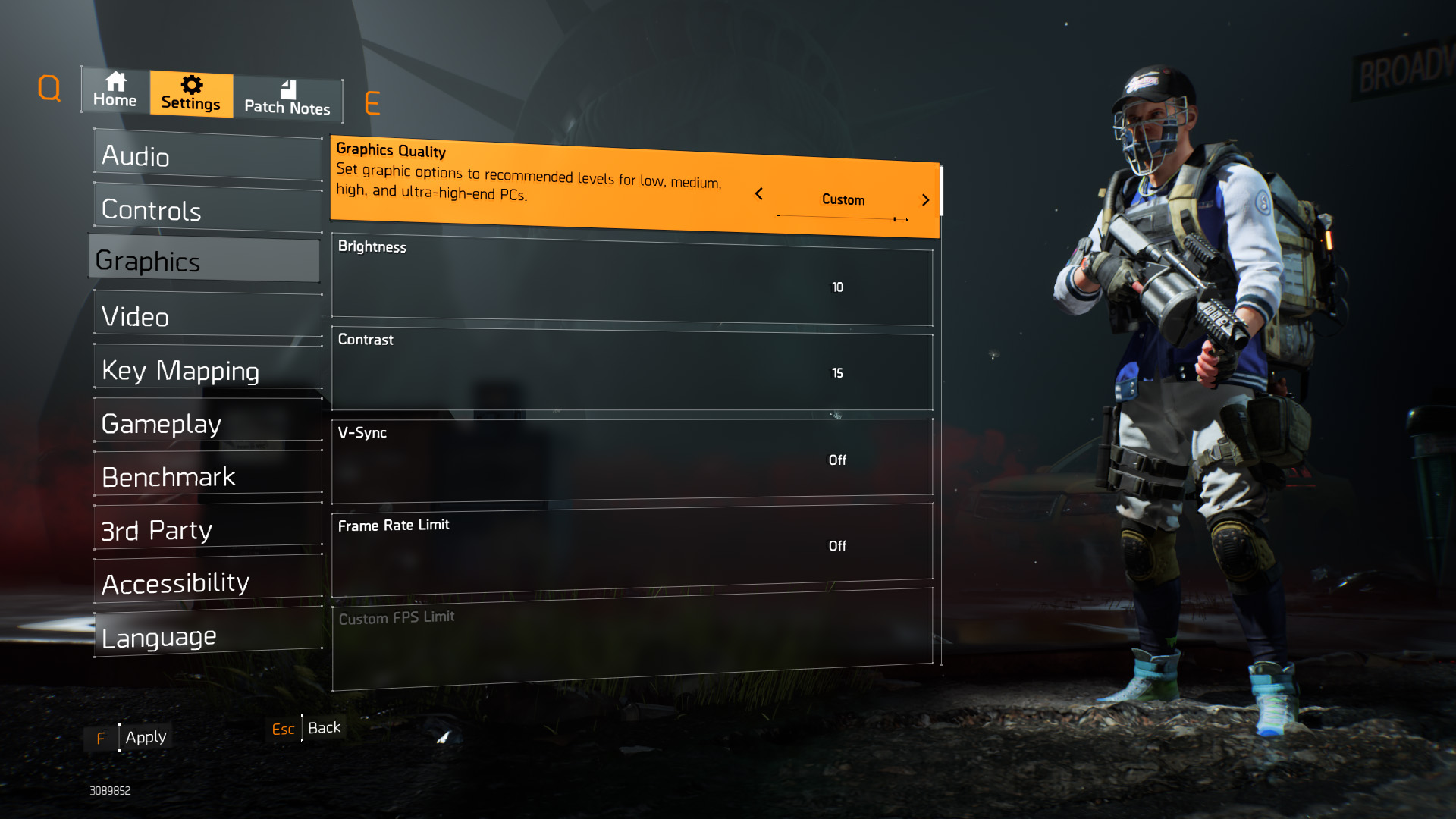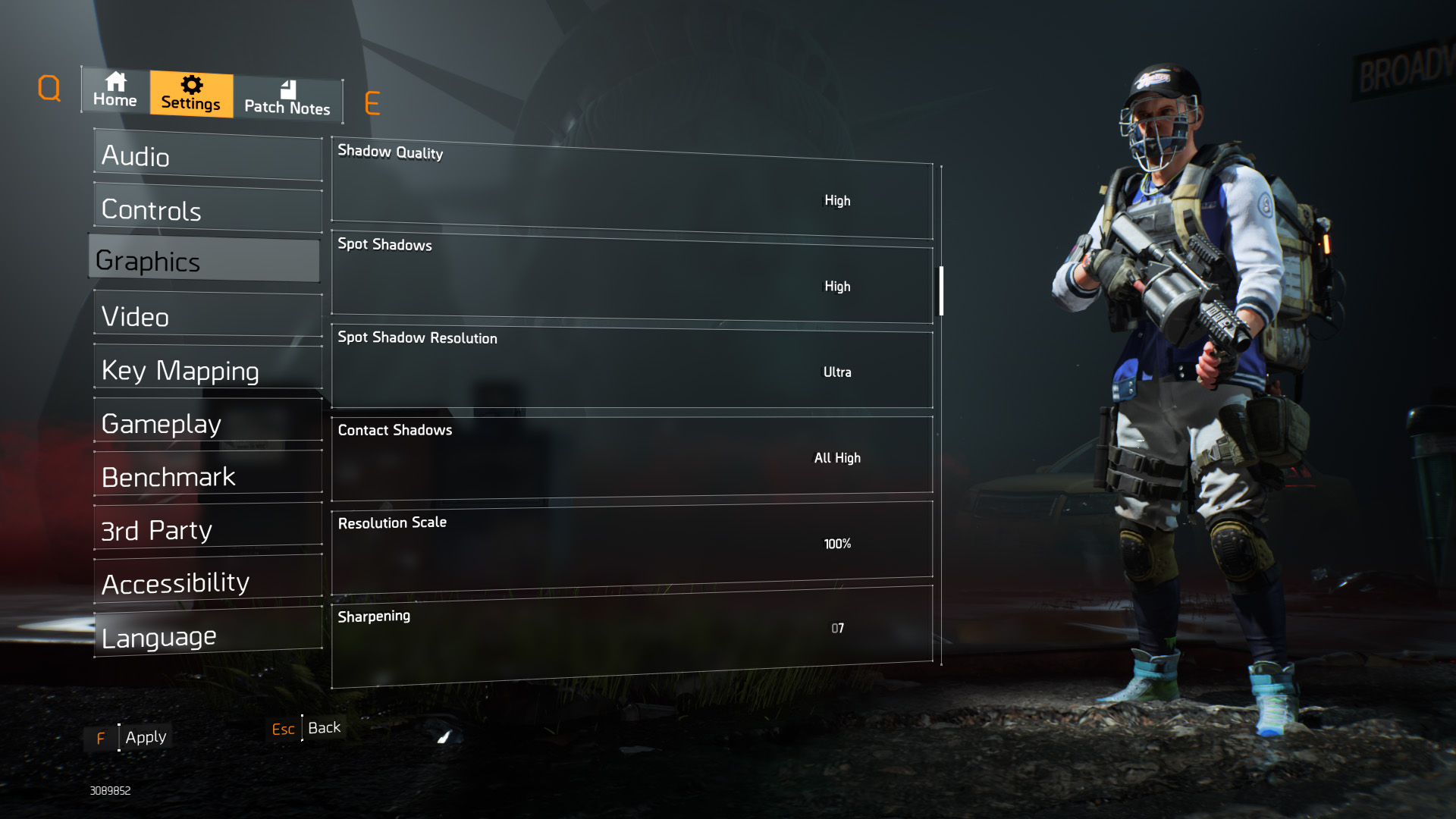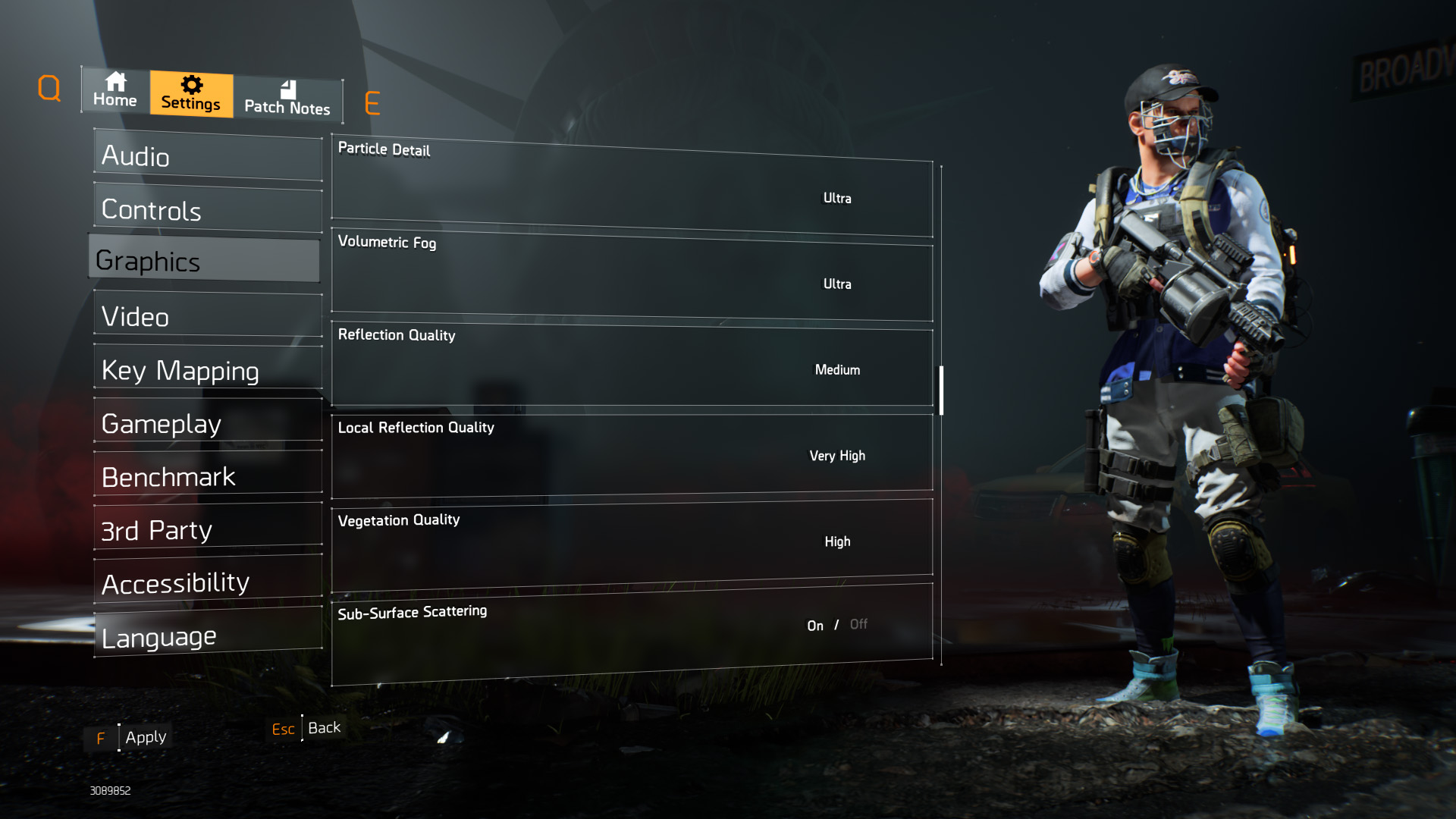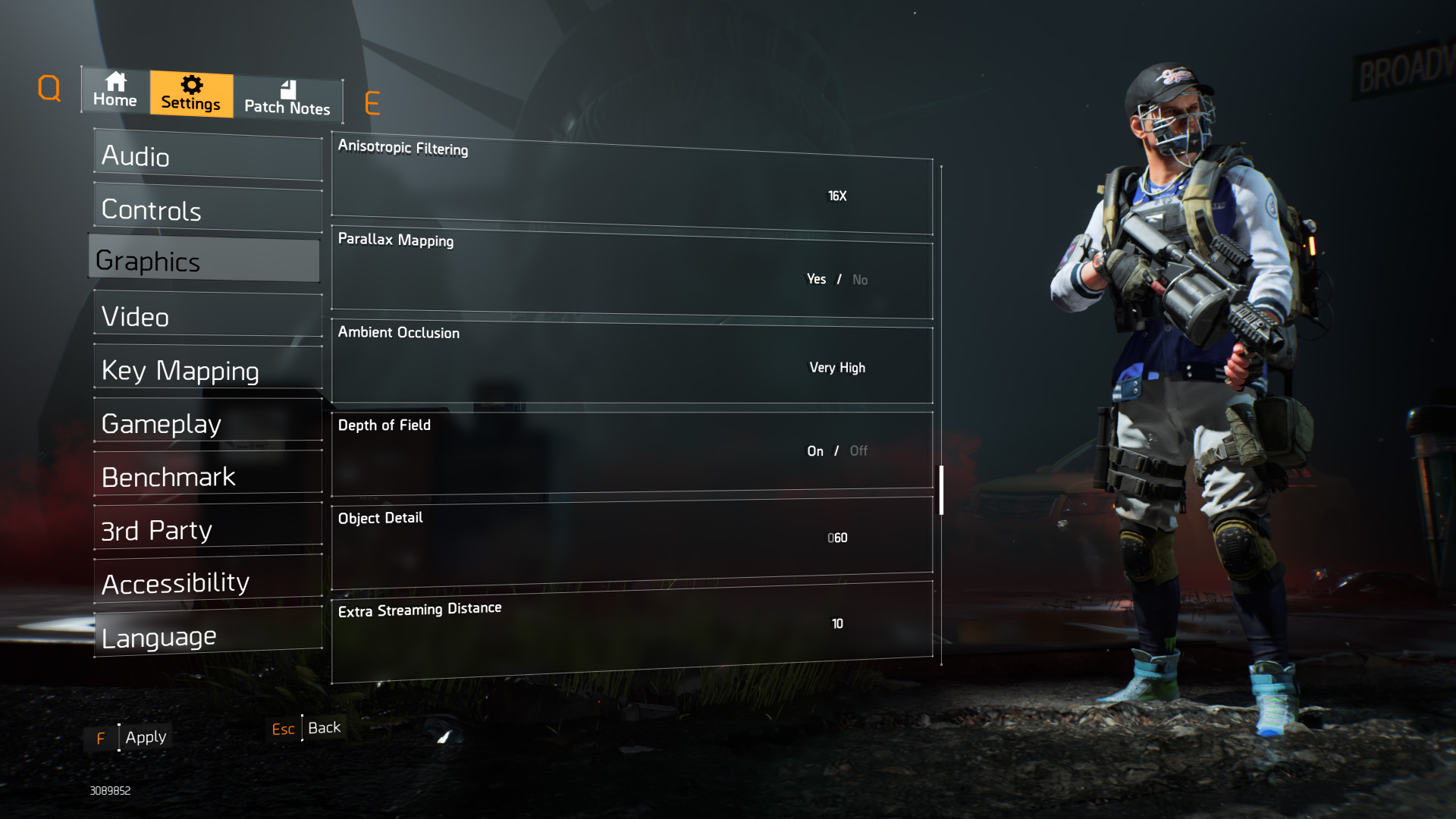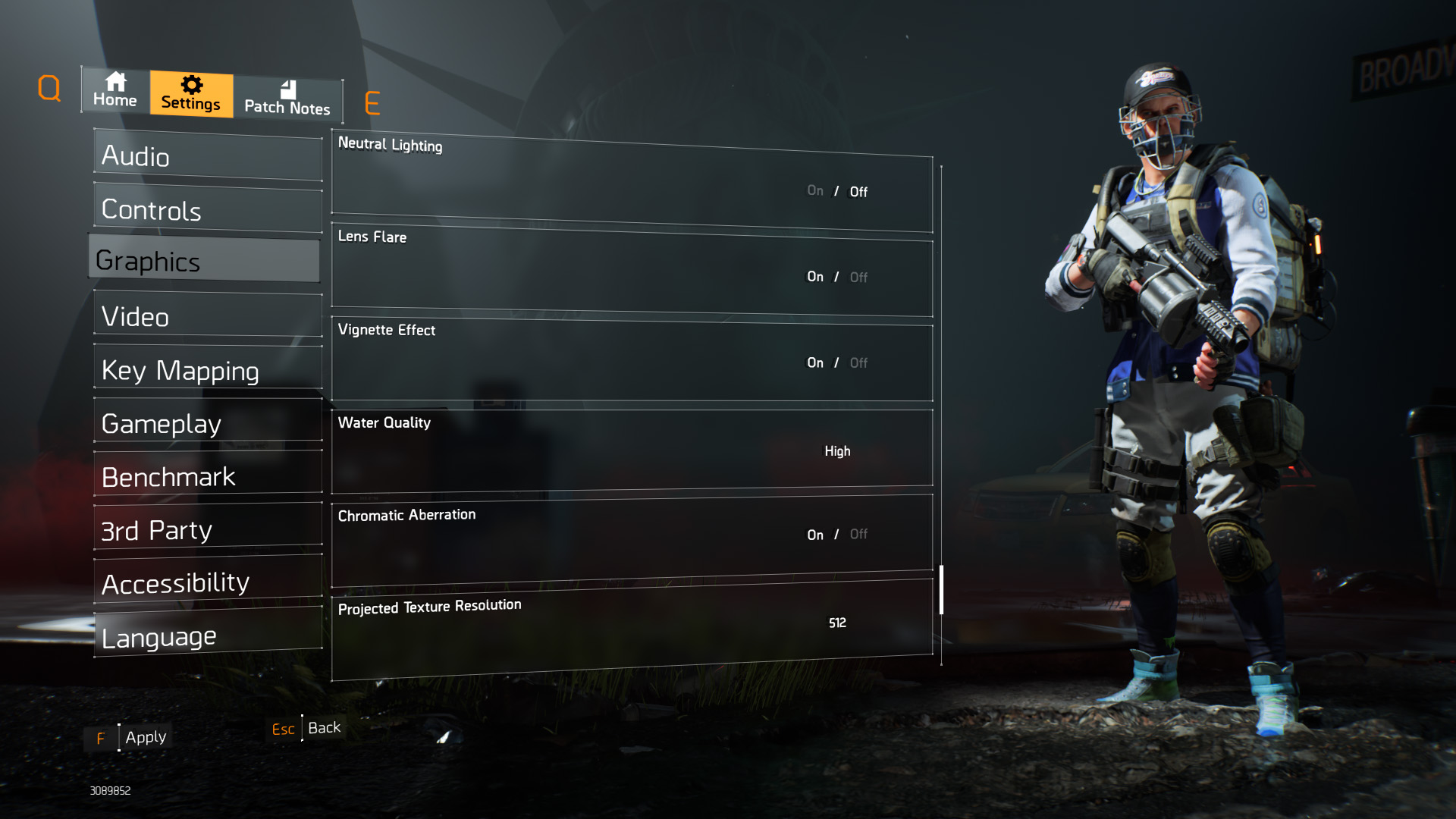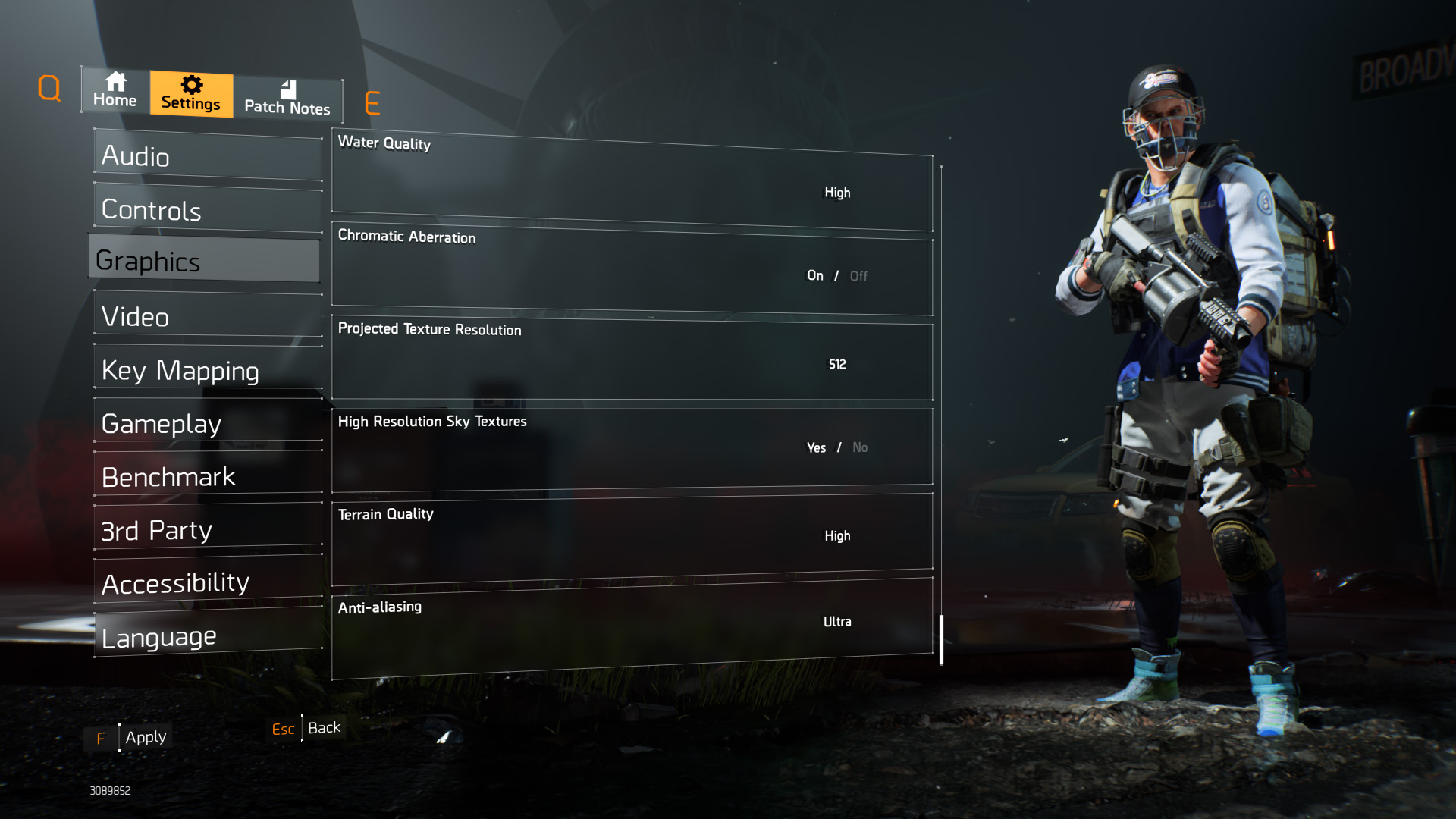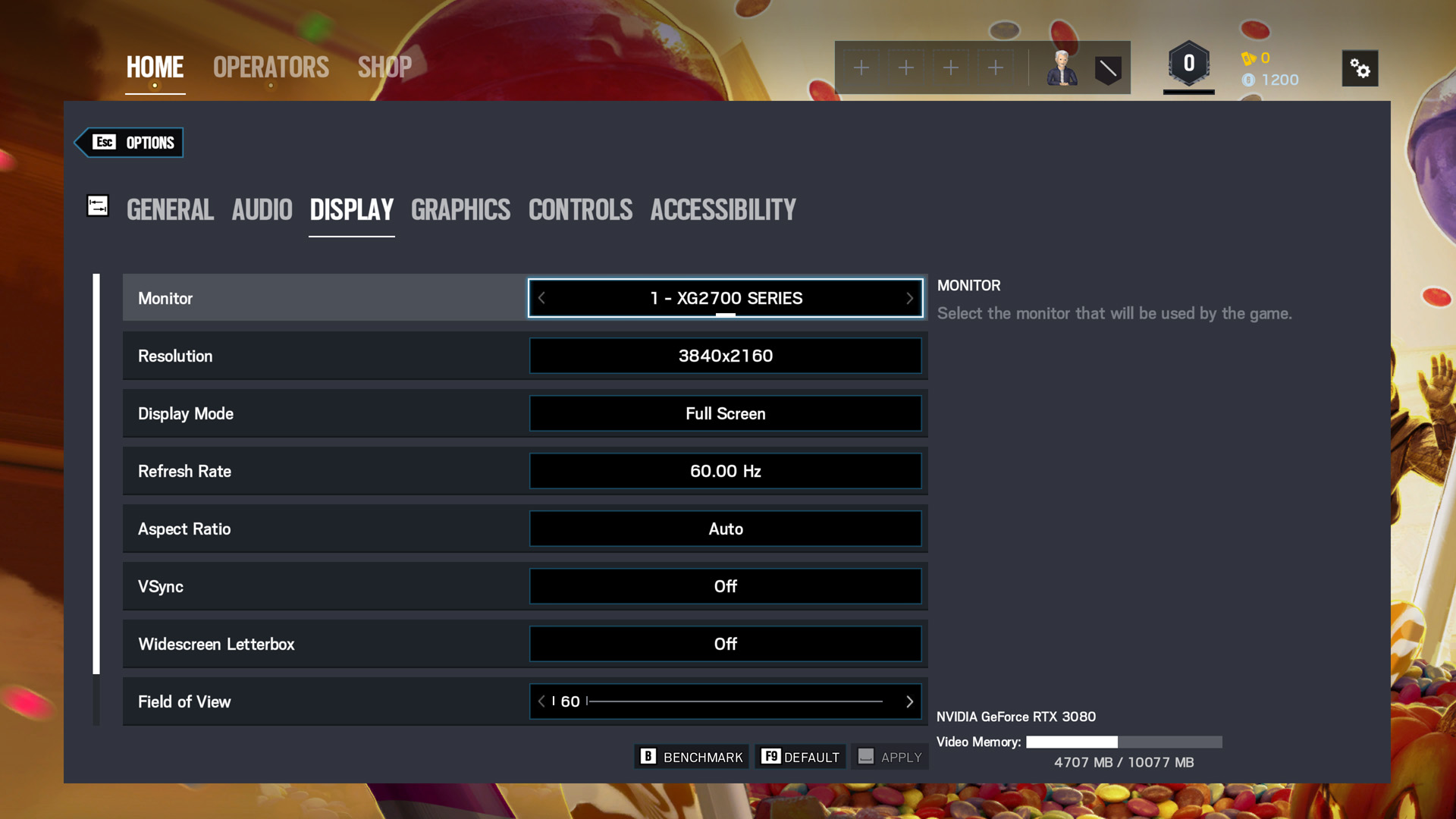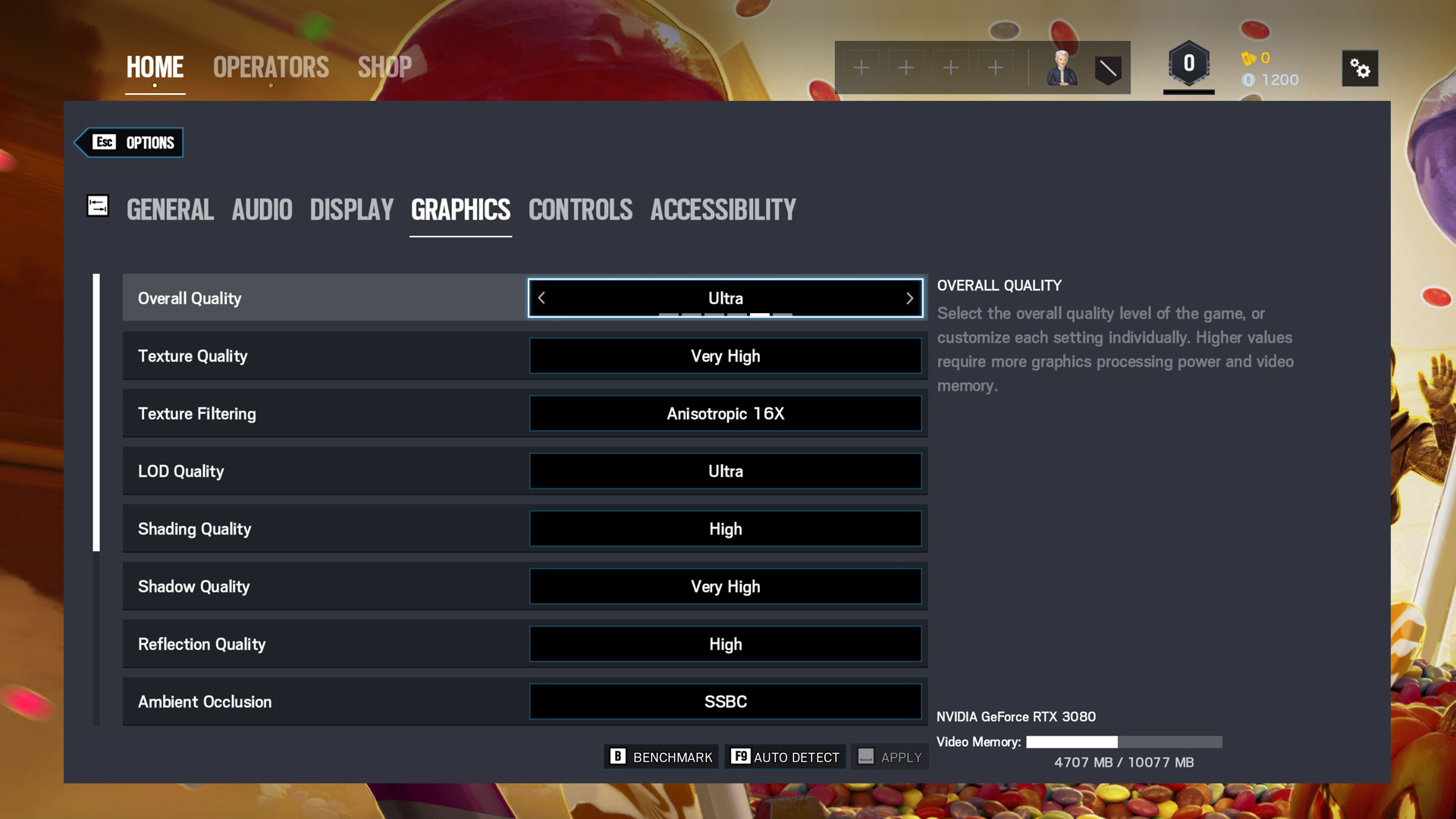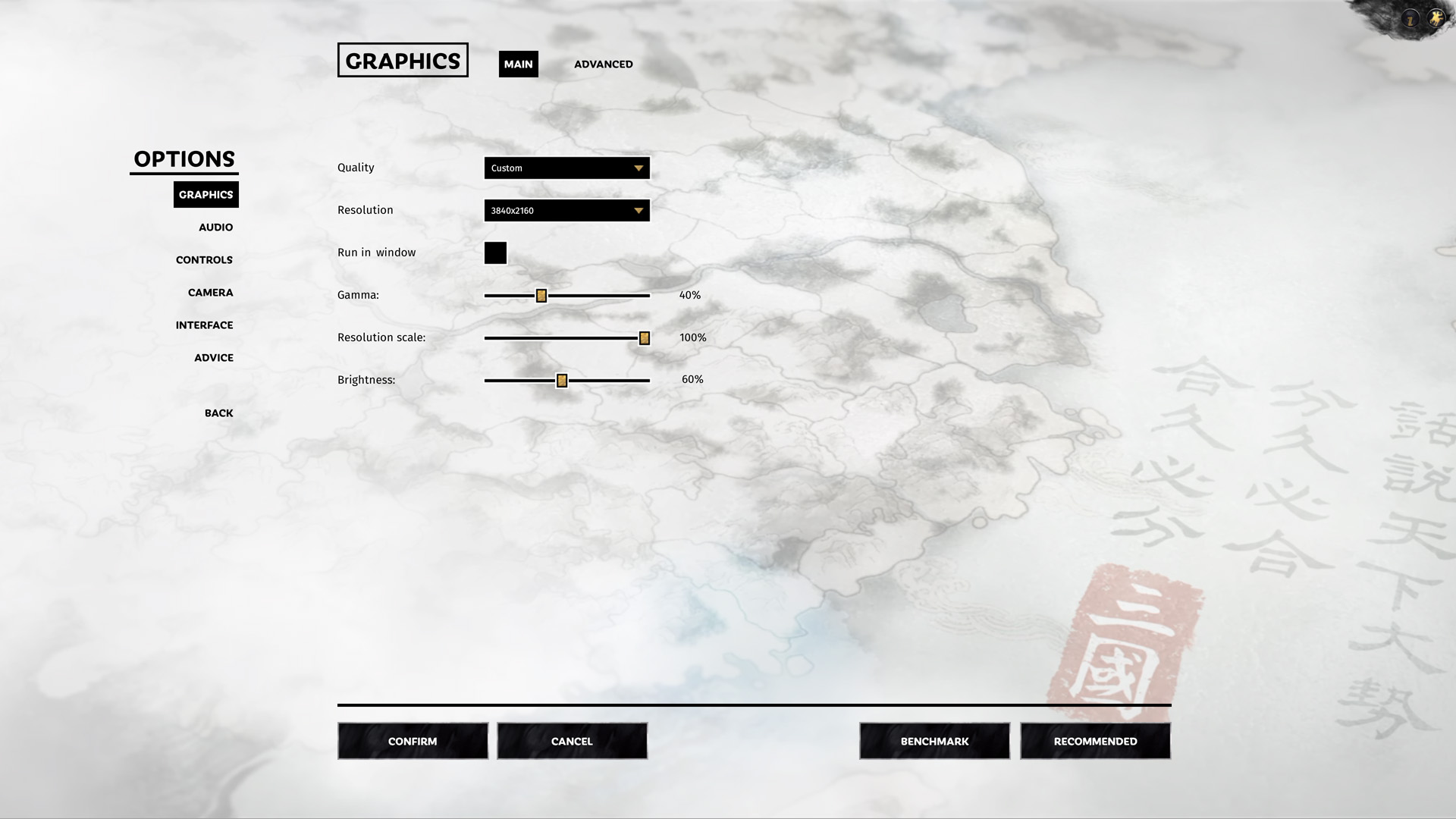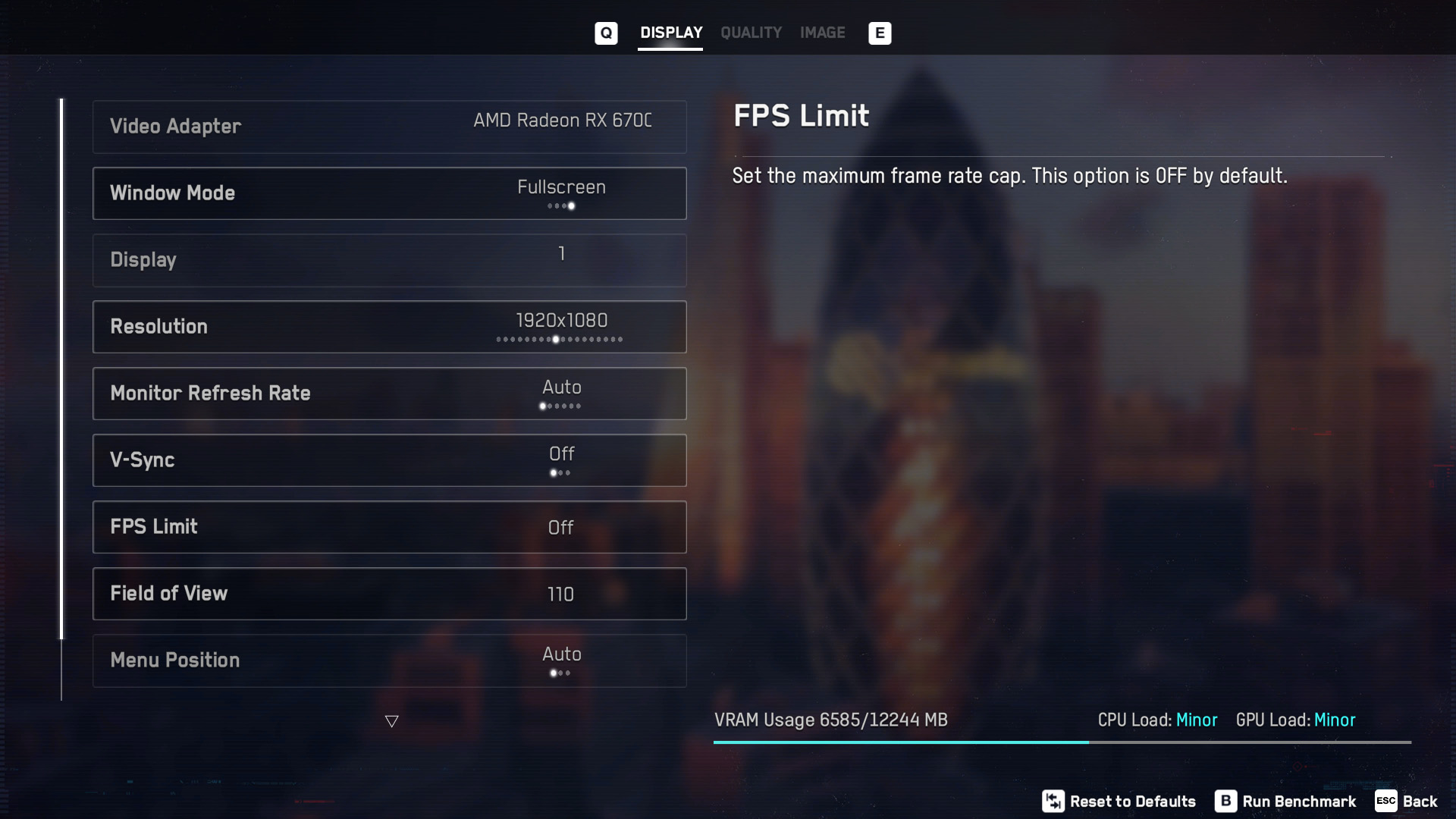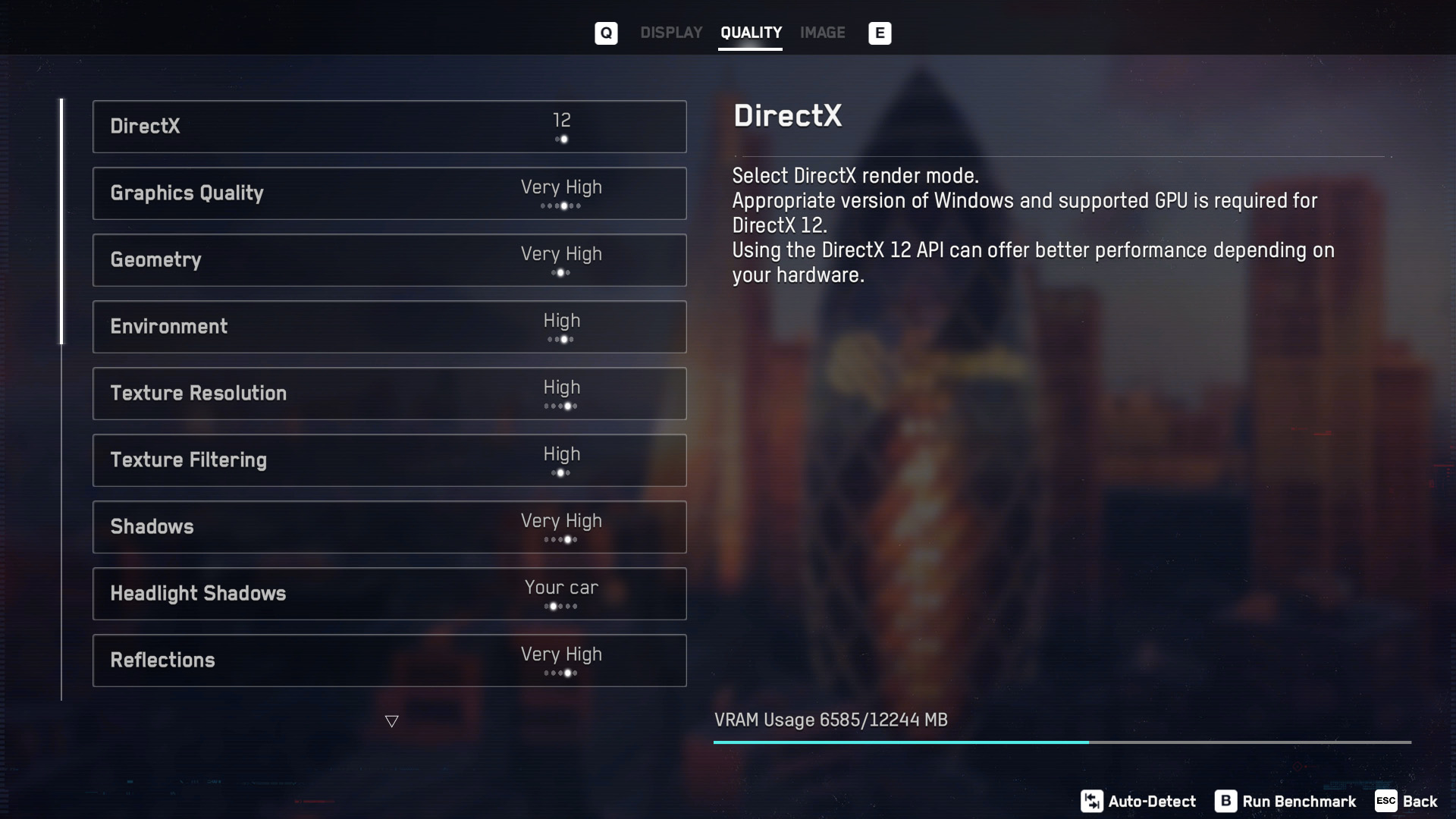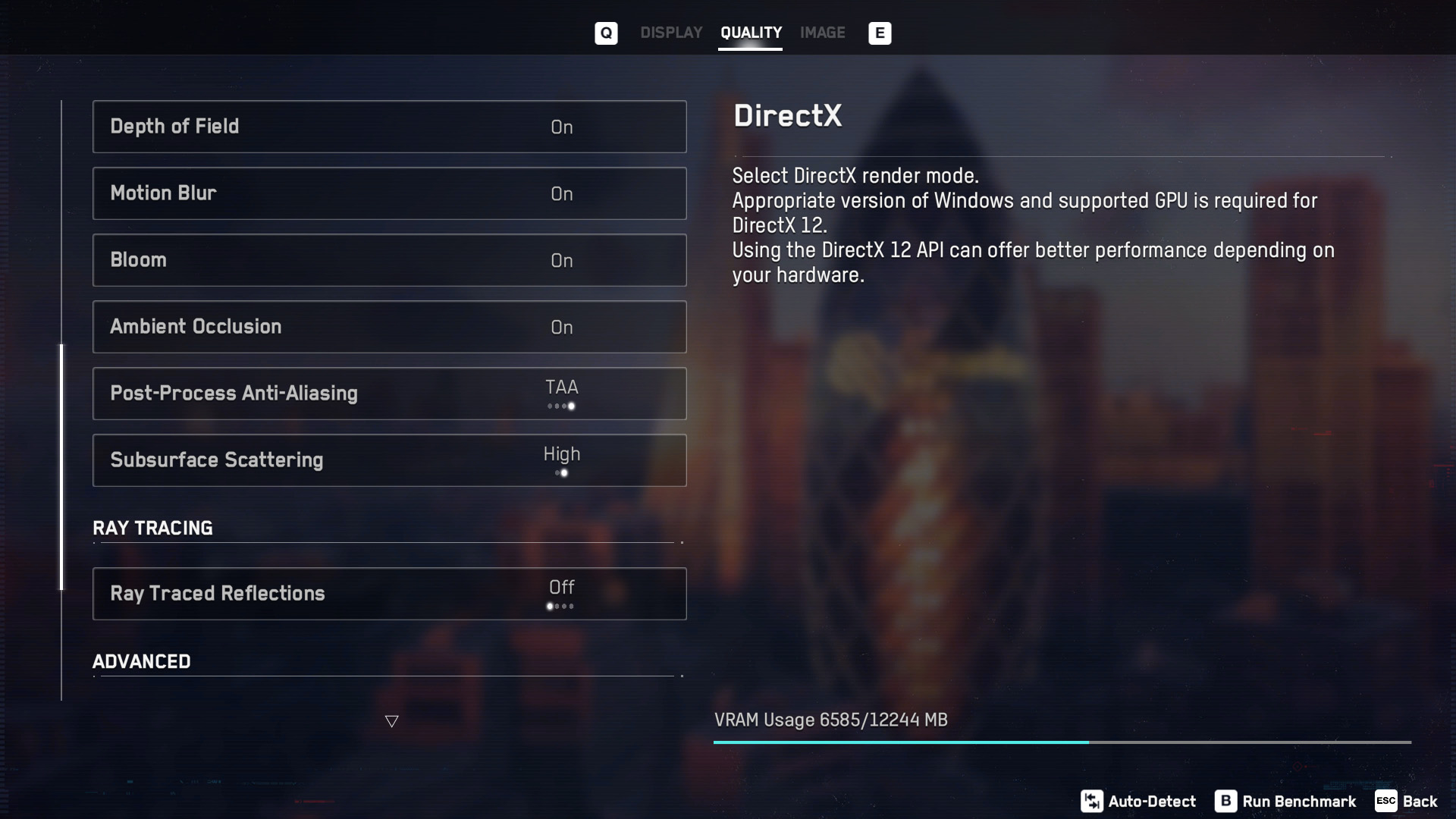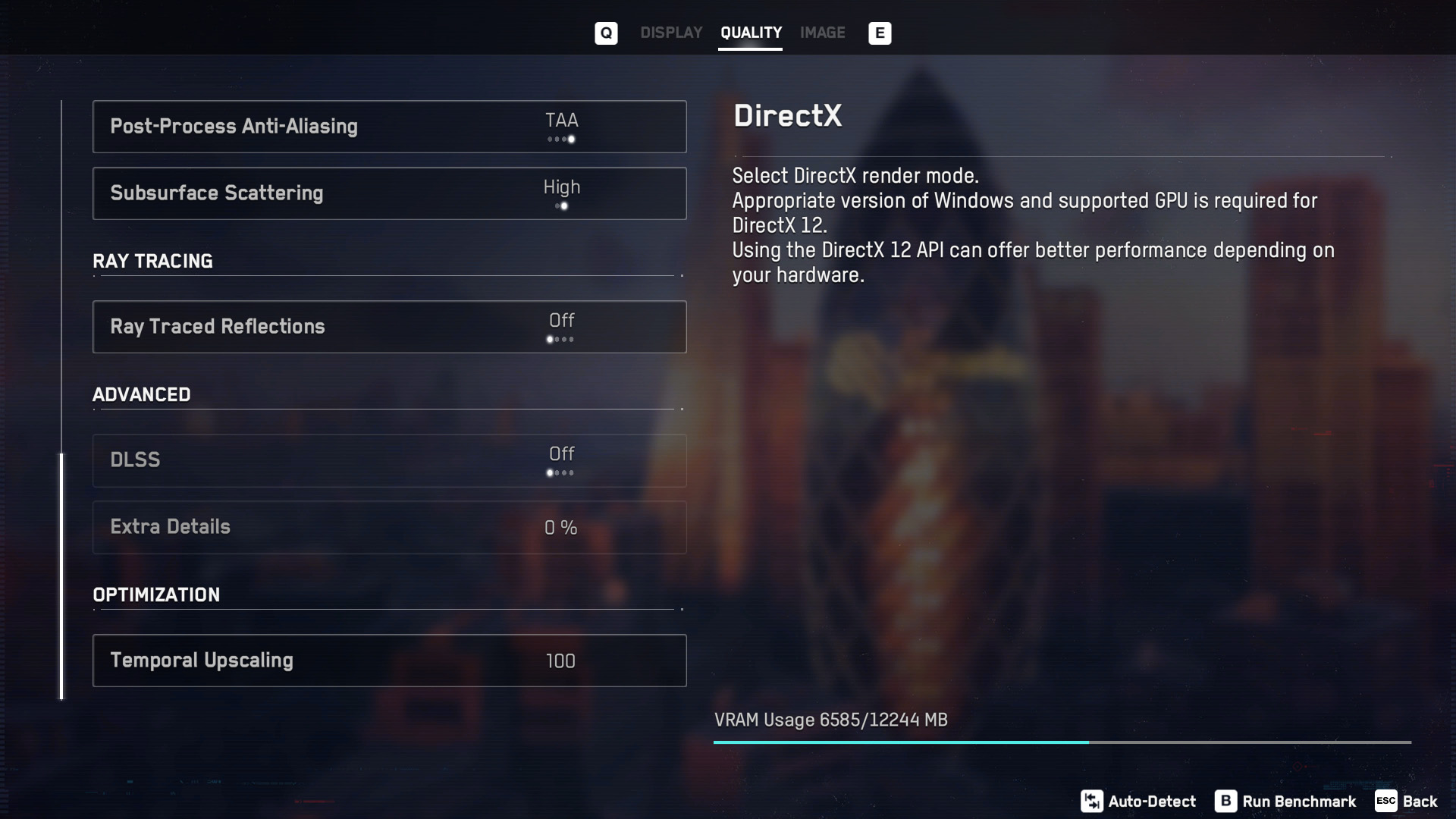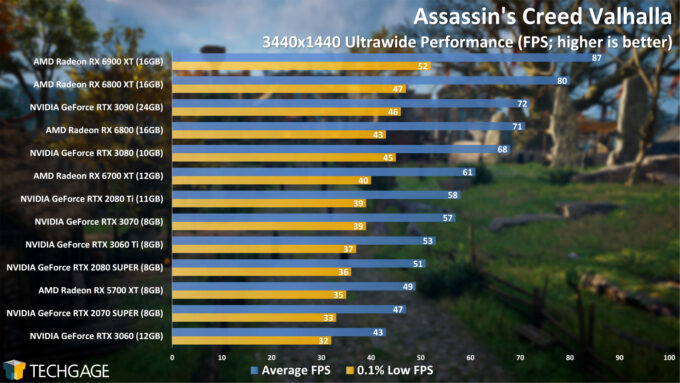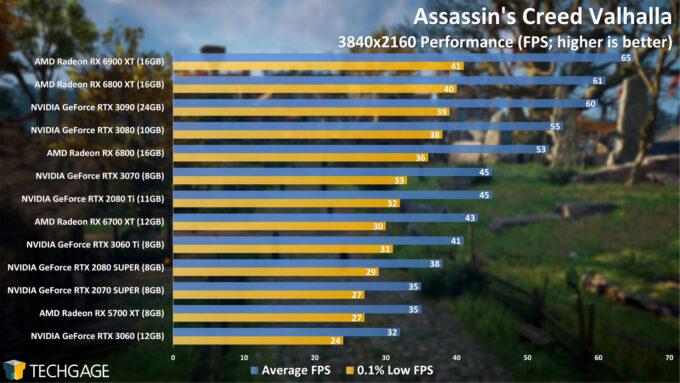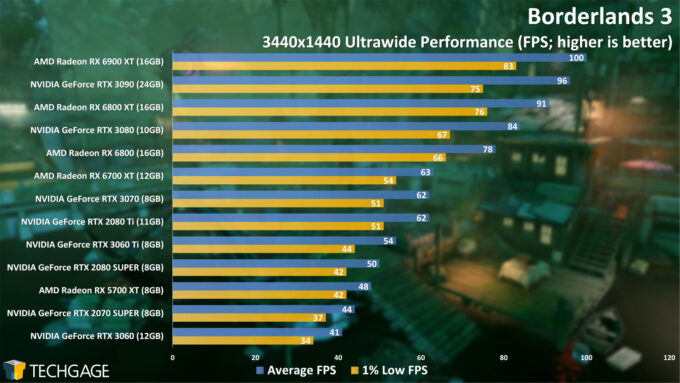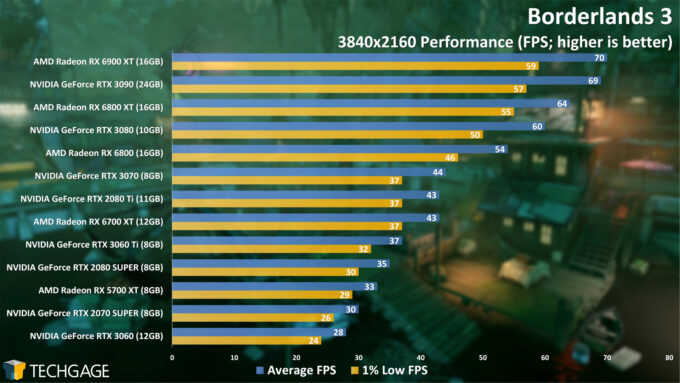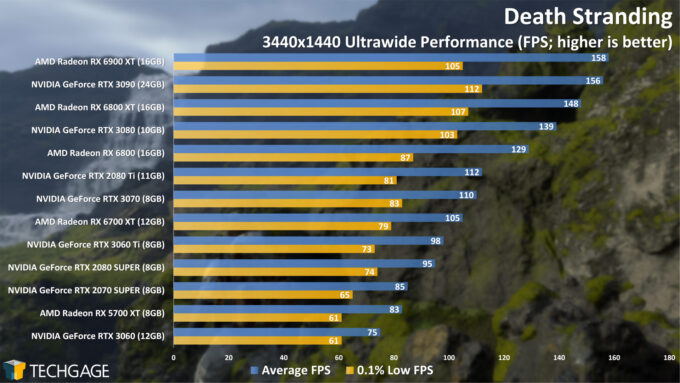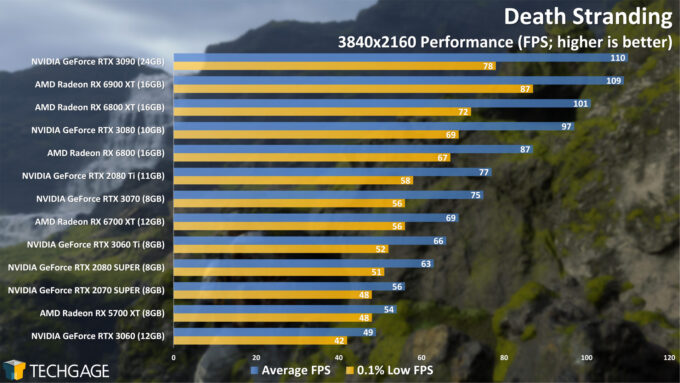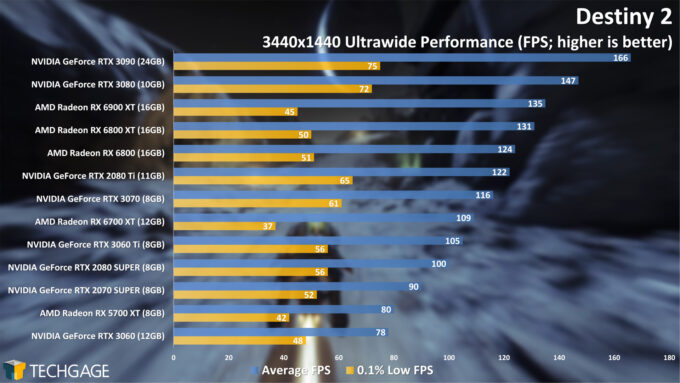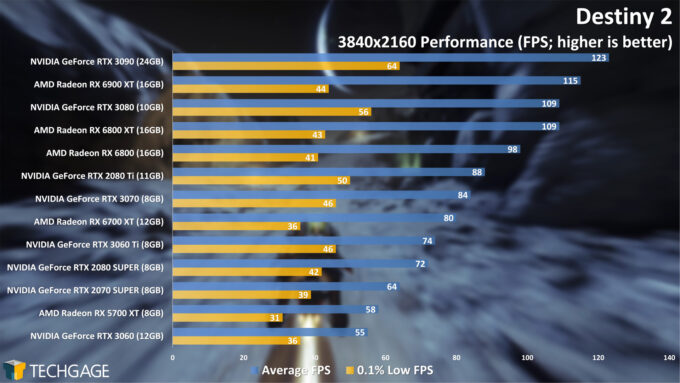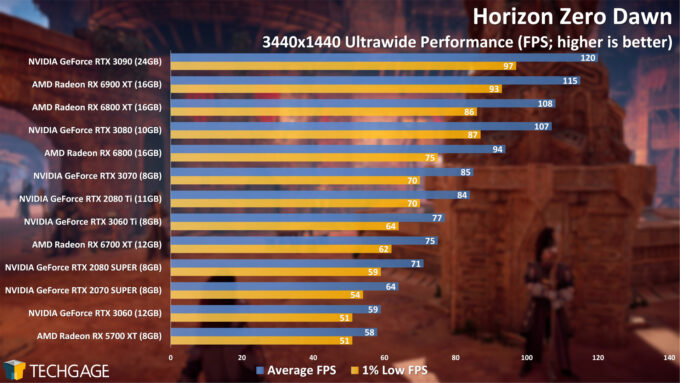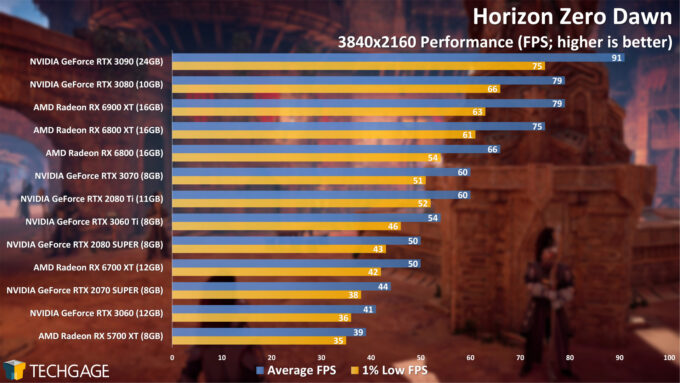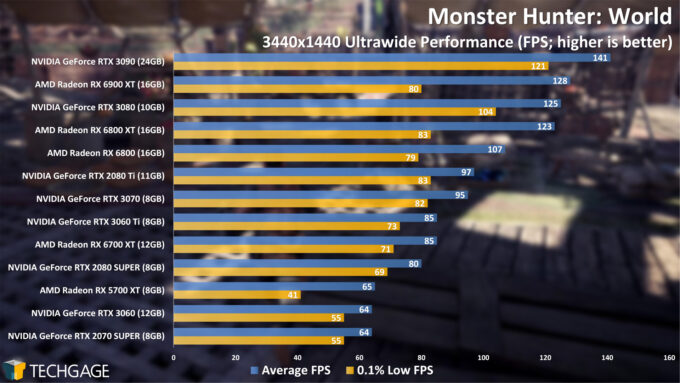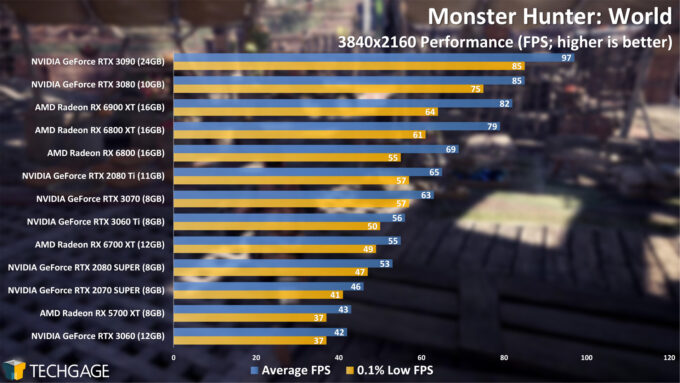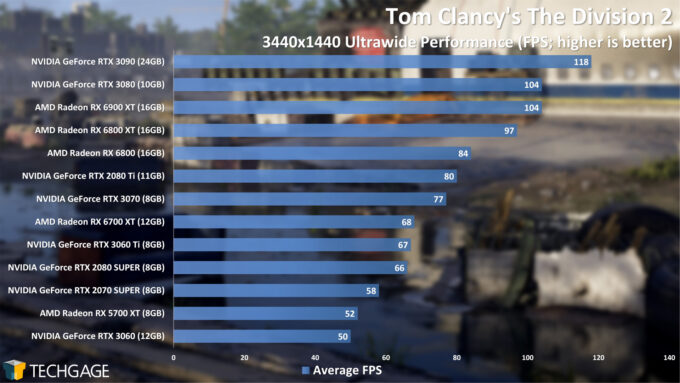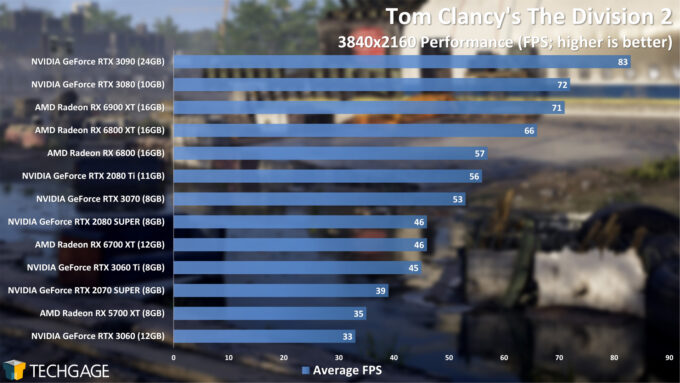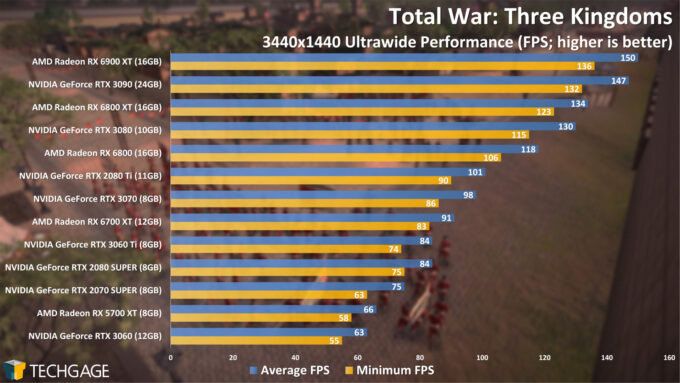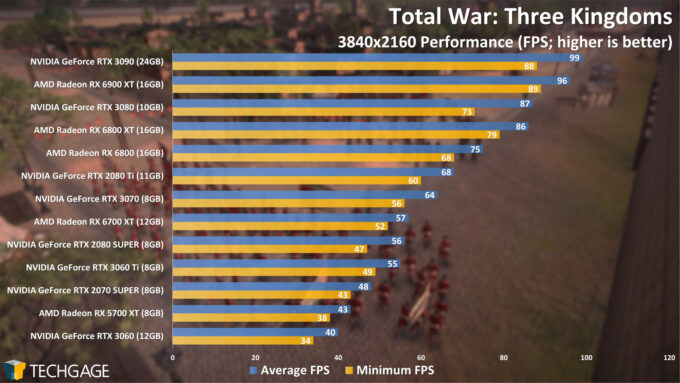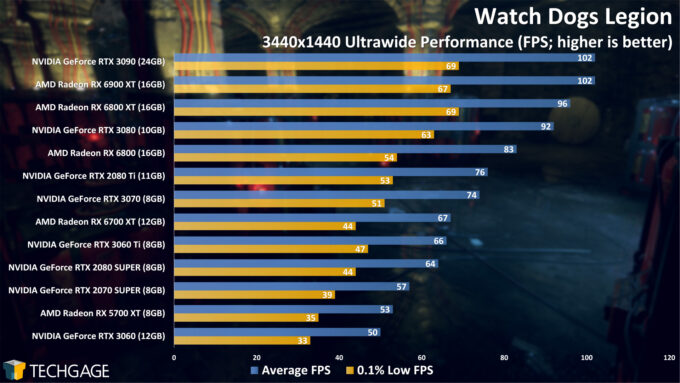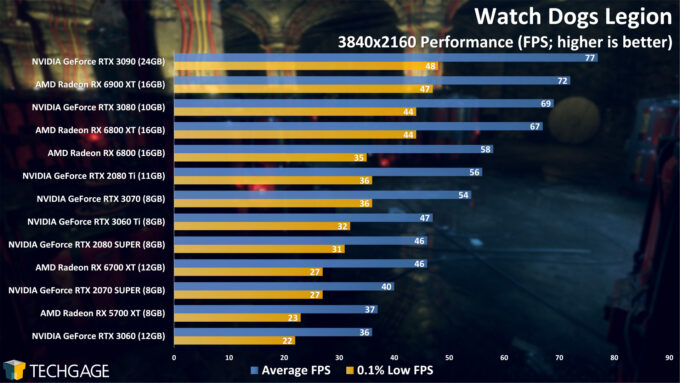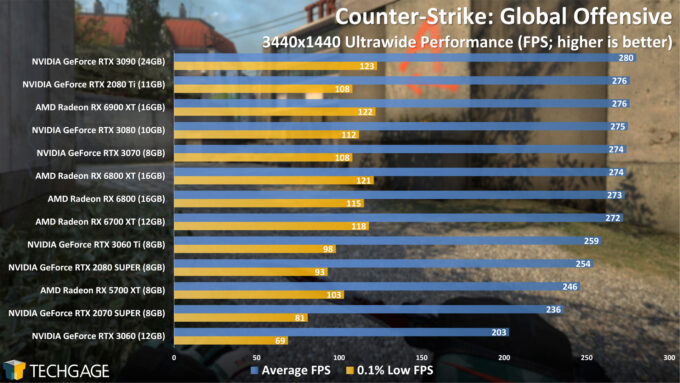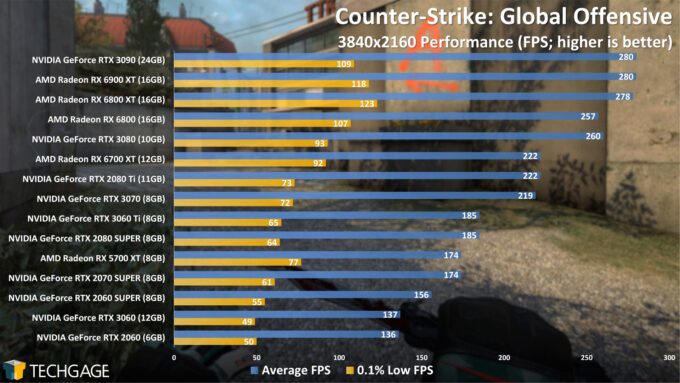- Qualcomm Launches Snapdragon 4 Gen 2 Mobile Platform
- AMD Launches Ryzen PRO 7000 Series Mobile & Desktop Platform
- Intel Launches Sleek Single-Slot Arc Pro A60 Workstation Graphics Card
- NVIDIA Announces Latest Ada Lovelace Additions: GeForce RTX 4060 Ti & RTX 4060
- Maxon Redshift With AMD Radeon GPU Rendering Support Now Available
GeForce & Radeon Ultrawide & 4K Gaming Performance Roundup
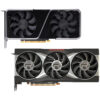
We took a look at 1080p and 1440p gaming across a wide range of current-gen GPUs a few weeks ago, and now, we’re going to dive back in, but with a focus on 4K and ultrawide (3440×1440). With ten games in-hand, we’re going to explore which cards will deliver the kind of performance you’re looking for with either of these grueling resolutions.
Page 1 – Games: AC Valhalla, Borderlands 3, Destiny 2, Monster Hunter…
A couple of weeks ago, we took a look at 1080p and 1440p gaming on a variety of graphics cards. Our intention was to quickly follow-up with a look at higher-end resolutions, and while it’s unfortunately taken longer to get this published than we would have liked, we’re glad to get it done now, so we can get back to focusing on some creator benchmarks (since there are many looking for updates).
GPUs that are best-suited for 1080p and 1440p gaming are not always going to be the same set that’s best-suited for 4K and ultrawide, so the GPUs you’ll see in this article’s test results vary a bit from the previous article. Notably, AMD’s and NVIDIA’s top-end GPUs have made an appearance here, as they are pretty much overkill for lower-resolutions, but perfectly-suited for top-end resolutions.
In our 1080p/1440p article, we tested the entire set of current-gen GPUs for our synthetic tests. To avoid repeating ourselves here, we’re going to skip that page here, but point anyone who cares about those results to hop over to the respective 3DMark, VRMark, and Superposition page from that article.
Before jumping into our test results, let’s quickly go over AMD’s and NVIDIA’s GPU lineups. To give some extra perspective, these tables also include last-gen models.
| AMD’s Radeon Gaming GPU Lineup | |||||||
| Cores | Base MHz | Peak FP32 | Memory | Bandwidth | TDP | Price | |
| RX 6900 XT | 5,120 | 2,015 | 23 TFLOPS | 16 GB 1 | 512 GB/s | 300W | $999 |
| RX 6800 XT | 4,608 | 2,015 | 20.74 TFLOPS | 16 GB 1 | 512 GB/s | 300W | $649 |
| RX 6800 | 3,840 | 1,815 | 16.17 TFLOPS | 16 GB 1 | 512 GB/s | 250W | $579 |
| RX 6700 XT | 2,560 | 2,321 | 13.21 TFLOPS | 12 GB 1 | 384 GB/s | 230W | $479 |
| RX 5700 XT | 2,560 | 1,605 | 9.75 TFLOPS | 8 GB 1 | 448 GB/s | 225W | $399 |
| RX 5700 | 2,304 | 1,465 | 7.95 TFLOPS | 8 GB 1 | 448 GB/s | 180W | $349 |
| RX 5600 XT | 2,304 | 1,375 | 7.19 TFLOPS | 6 GB 1 | 288 GB/s | 150W | $289 |
| RX 5600 | 2,048 | 1,375 | 6.39 TFLOPS | 6 GB 1 | 288 GB/s | 150W | $279 |
| RX 5500 XT | 1,408 | 1,717 | 5.2 TFLOPS | 8 GB 1 | 224 GB/s | 130W | $199 |
| Notes | 1 GDDR6 Architecture: RX 6000 = RDNA2; RX 5000 = RDNA |
||||||
If you’re looking to game at 4K or ultrawide resolution with an AMD GPU, the newer RX 6700 XT should be treated as the bare minimum, as the last-gen RDNA cards are going to leave a lot to be desired in most cases. Depending on how high you want to put your graphics settings, even the 6700 XT may not offer enough oomph overall.
The RX 6800 non-XT is likely the most ideal choice here, if we’re looking at things from a bang-for-the-buck perspective. Of course, that only means so much when current GPU prices are most commonly found to be much higher than SRP (which goes for NVIDIA, as well.)
As for NVIDIA’s lot:
| NVIDIA’s GeForce Gaming GPU Lineup | |||||||
| Cores | Base MHz | Peak FP32 | Memory | Bandwidth | TDP | SRP | |
| RTX 3090 | 10,496 | 1,400 | 35.6 TFLOPS | 24GB 1 | 936 GB/s | 350W | $1,499 |
| RTX 3080 | 8,704 | 1,440 | 29.7 TFLOPS | 10GB 1 | 760 GB/s | 320W | $699 |
| RTX 3070 | 5,888 | 1,500 | 20.4 TFLOPS | 8GB 2 | 448 GB/s | 220W | $499 |
| RTX 3060 Ti | 4,864 | 1,670 | 16.2 TFLOPS | 8GB 2 | 448 GB/s | 200W | $399 |
| RTX 3060 | 3,584 | 1,780 | 12.7 TFLOPS | 12GB 2 | 360 GB/s | 170W | $329 |
| RTX 2080 Ti | 4,352 | 1,350 | 13.4 TFLOPS | 11GB 2 | 616 GB/s | 250W | $1,199 |
| RTX 2080 S | 3,072 | 1,650 | 11.1 TFLOPS | 8GB 2 | 496 GB/s | 250W | $699 |
| RTX 2070 S | 2,560 | 1,605 | 9.1 TFLOPS | 8GB 2 | 448 GB/s | 215W | $499 |
| RTX 2060 S | 2,176 | 1,470 | 7.2 TFLOPS | 8GB 2 | 448 GB/s | 175W | $399 |
| RTX 2060 | 1,920 | 1,365 | 6.4 TFLOPS | 6GB 2 | 336 GB/s | 160W | $299 |
| GTX 1660 Ti | 1,536 | 1,500 | 5.5 TFLOPS | 6GB 2 | 288 GB/s | 120W | $279 |
| GTX 1660 S | 1,408 | 1,530 | 5.0 TFLOPS | 6GB 2 | 336 GB/s | 125W | $229 |
| GTX 1660 | 1,408 | 1,530 | 5 TFLOPS | 6GB 3 | 192 GB/s | 120W | $219 |
| GTX 1650 S | 1,280 | 1,530 | 4.4 TFLOPS | 4GB 2 | 192 GB/s | 100W | $159 |
| GTX 1650 | 896 | 1,485 | 3 TFLOPS | 4GB 3 | 128 GB/s | 75W | $149 |
| Notes | 1 GDDR6X; 2 GDDR6; 3 GDDR5 RTX 3000 = Ampere; GTX/RTX 1600/2000 = Turing |
||||||
On the NVIDIA side, the RTX 3070 should be considered the ideal starting point. That card offers similar performance to the last-gen RTX 2080 Ti, which was the top-end option for NVIDIA’s last-gen lineup (if we ignore the non-GeForce TITAN RTX). Naturally, for anyone wanting the absolute best performance out of these top-end resolutions, the RTX 3090 (or RX 6900 XT) are your likely targets.
This article is not going to be covering ray tracing performance, but as we’ve covered before, if RT acceleration is important to you, then NVIDIA is where you should be looking. While AMD support for RT is growing and improving quickly, NVIDIA still has the best support overall, and not to mention the best performance. Even if both AMD and NVIDIA were on par with ray tracing, NVIDIA pushes things to the next level with the help of its DLSS technology. Enabling it in supported games will generally improve the frame rate by 1.5x to 2x – so it’s pretty significant.
For those who do care quite a lot about ray traced games, we plan to tackle a good collection in the weeks ahead that will paint a great picture overall of performance from AMD’s current-gen RDNA2 cards, as well as NVIDIA’s current- and previous-gen RTX options.
Benchmarking PC & Testing Methodology
| Techgage Gaming GPU Test PC | |
| Processor | AMD Ryzen 9 5950X (3.4GHz Base, 4.9GHz Turbo, 16C/32T) |
| Motherboard | ASRock X570 TAICHI (EFI: P4.00 01/19/2021) |
| Memory | G.SKILL TridentZ Royal (F4-3600C16-8GTRG) 8GB x 2 Operates at DDR4-3600 16-16-16 (1.35V) |
| AMD Graphics | AMD Radeon RX 6900 XT (16GB; Adrenalin 21.3.2) AMD Radeon RX 6800 XT (16GB; Adrenalin 21.3.2) AMD Radeon RX 6800 (16GB; Adrenalin 21.3.2) AMD Radeon RX 6700 XT (12GB; Adrenalin 21.3.2) AMD Radeon RX 5700 XT (8GB; Adrenalin 21.3.2) |
| NVIDIA Graphics | NVIDIA GeForce RTX 3090 (24GB; GeForce 465.89) NVIDIA GeForce RTX 3080 (10GB; GeForce 465.89) NVIDIA GeForce RTX 3070 (8GB; GeForce 465.89) NVIDIA GeForce RTX 3060 Ti (8GB; GeForce 465.89) NVIDIA GeForce RTX 3060 (12GB; GeForce 465.89) NVIDIA GeForce RTX 2080 Ti (11GB; GeForce 465.89) NVIDIA GeForce RTX 2080 SUPER (8GB; GeForce 465.89) NVIDIA GeForce RTX 2070 SUPER (8GB; GeForce 465.89) |
| Storage | GeForce: WD Blue 3D NAND 1TB (SATA 6Gbps) Radeon: WD Blue 3D NAND 1TB (SATA 6Gbps) |
| Power Supply | Corsair RM850x (850W) |
| Chassis | Fractal Design Define C Mid-tower |
| Cooling | Corsair iCUE H115i RGB PLATINUM (240mm) |
| Et cetera | Windows 10 Pro build 19042.867 (20H2) |
All of our testing is done using the latest versions (at the time of benchmarking) of Windows (10, 20H2) and all of the games tested. Because some games update frequently, our goal is to always clear through our chosen set of GPUs before any of our tested games manage to drop a new update. If an update does roll out, we quickly sanity check a previous result to make sure performance remains the same.
Here are some other general guidelines we follow:
- Disruptive services are disabled; eg: Search, Cortana, User Account Control, Defender, etc.
- Overlays and / or other extras are not installed with the graphics driver.
- Vsync is disabled at the driver level (and in any tested game).
- OSes are never transplanted from one machine to another.
- We validate system configurations before kicking off any test run.
- Testing doesn’t begin until the PC is idle (keeps a steady minimum wattage).
- All tests are repeated until there is a high degree of confidence in the results.
- We do not use outdated data.
Games Tested & Vendor Neutrality
This article includes testing with nine standard games, and one specific to high-performance esports gaming. We wanted to include Rainbow Six Siege as a second esports title, but a recent update causes the game to use a random texture detail setting instead of the one specified, which is obviously a problem.
As covered above, anyone interested in synthetic benchmark results from the likes of UL and Unigine should check out the respective page in the previous article, as all cards were included in that. That page would have been largely a copy/paste job for this article, so it doesn’t make much sense to include it here as well.
Here’s the full breakdown of our tested games and synthetic tests:
- Assassin’s Creed Valhalla – AMD Ryzen partner
- Borderlands 3 – AMD Radeon partner
- Death Stranding
- Destiny 2
- Horizon Zero Dawn
- Monster Hunter World
- Tom Clancy’s The Division 2 – AMD Radeon partner
- Total War: Three Kingdoms
- Watch Dogs Legion – NVIDIA GeForce partner
- eSport: Counter-Strike: Global Offensive
- eSport: Tom Clancy’s Rainbow Six: Siege – NVIDIA GeForce partner
Note: You can download all of the tested setting images at once here (ZIP, 10MB).
Assassin’s Creed Valhalla
We get our first taste of 4K and ultrawide performance with the help of Assassin’s Creed Valhalla, and it doesn’t take long to start to draw some conclusions. While we included GPUs like the RTX 3060 and RX 5700 XT in our testing here, it’s only to better highlight the overall scaling. If you adopt one of those GPUs and intend to play at either of these resolutions, you are likely going to be disappointed.
It’s important to note, however, that if you’re an esports gamer, and generally only play games that are highly optimized to deliver high frame rates (eg: CS: GO), then those lower-end cards could suit the bill just fine. That said, if 144Hz is your goal, you should definitely eye the bigger models.
At the high detail levels chosen here in Valhalla, it takes an RX 6700 XT to hit 60 FPS at our ultrawide resolution of 3440×1440, while the RTX 3090 or RX 6800 XT is needed for the same performance at 4K. Despite the AC series generally performing extremely well on NVIDIA hardware, AMD has an edge this go-around.
Borderlands 3
With Borderlands 3, AMD continues to deliver super-strong performance, with the RX 6900 XT beating out the RTX 3090 once again, but with NVIDIA’s card able to topple the RX 6800 XT in this particular test. At ultrawide, the last-gen RTX 2080 Ti or current-gen RTX 3070 will hit 60 FPS at top-level settings, while at least an RTX 3080 is needed to hit it at 4K.
If you don’t do the math on these resolutions, it could seem that ultrawide would be as much of a performance glutton as 4K, but that’s not the case. 4K draws 67% more pixels than 3440×1440, and that shows in the performance – especially on lower-end GPUs.
Death Stranding
Both AC Valhalla and Borderlands 3 are both really demanding games, but fortunately for Death Stranding fans, Hideo Kojima’s latest masterpiece runs great on a variety of hardware. Even the lowly RTX 3060 exceeds 60 FPS at ultrawide, not even falling below that marker at the minimum. Naturally, 4K is much more grueling, but with a few settings drop, the lowest cards may also be able to hit 60 FPS.
We’ve said it before, but Death Stranding is a really beautiful game, and is arguably one of the best-looking in our tested lineup. It’s great to see, then, that performance is as good as it is, despite your eyes being treated to lush and detailed environments.
Unless your goal is high refresh, you don’t need to go with a high-end GPU for this title, but you also don’t want to go too low if 4K is your goal (at top detail settings).
Destiny 2
Like Death Stranding, Destiny 2 is another game that looks great, and runs well on many recent or current-gen GPUs. If you compare the results here to those from our previous article, we can see that scaling has been shaken up a bit, highlighting the fact that some GPUs can actually flex themselves better at higher resolutions than lower ones.
As with Death Stranding, an RTX 3060 is able to deliver greater than 60 FPS at the ultrawide resolution, while only a few GPUs fail to make the 60 FPS target at 4K. As great as Destiny 2 runs on most of these GPUs, the percentile lows are notably worse than in most other games, with greater detriments seen on Radeon GPUs. That said, even on NVIDIA, the deltas between the percentile low and the average is huge.
These weak percentile lows have been a problem in Destiny 2 for awhile, and even with the latest expansion pack release, nothing has changed. It should be noted that some runs could deliver much better percentile lows, but then deliver a much weaker result the next run. This is one game we run at least four times (instead of three) on each GPU and resolution, with some cards having had to go as high as seven runs because variation was too great.
Horizon Zero Dawn
Horizon Zero Dawn is another title that manages to run great at ultrawide resolution across all of these GPUs, with even the RTX 3060 keeping above 50 FPS with its percentile low. Anyone with a top-end GPU and a high refresh ultrawide monitor will be able to easily hit ~100 FPS on average.
At 4K, the going really gets tough for the lower-end GPUs. There, it takes at least an RTX 3070 to hover around 60 FPS, with everything above that not really making a considerable difference. This is the first game in our tested lineup that gives the RTX 3090 a pretty notable advantage over the others at 4K, but it’s not an earth-shattering difference.
Monster Hunter: World
Monster Hunter: World is another title that delivers great performance on a wide-range of GPUs, even at high detail levels. While the graphics we chose are definitely high-end (you can see that from the screenshots in the testing methodology section), there’s still more you could do to push detail further, if you happen to have excess performance capabilities.
At the ultrawide resolution, the lowest-end cards in this lineup still hit 60 FPS, including the RX 5700 XT. At 4K, anything RTX 3070 or higher is going to deliver 60 FPS easier with our chosen detail levels. Similar to Destiny 2, the percentile lows are impacted in areas here, but namely only with Radeon GPUs. The impact is seen on both RDNA and RDNA2. At the more punishing 4K resolution, those percentile lows seem to be less of an issue, as the scaling is much more natural looking.
Tom Clancy’s The Division 2
The Division 2 may be an AMD-sponsored title, but the performance advantage in it currently belongs to NVIDIA. At the top-end, the RTX 3080 and RX 6900 XT effectively align, with the RTX 3090 managing to pull itself ahead by a comfortable distance.
At ultrawide resolution, you could get away with using a lower-end GPU, although the minimums (which the in-game benchmark doesn’t capture for some reason) will be worse off. At 4K, you’ll really need to drop detail levels if you want to play on the more modest current-gen GPUs, or opt for RX 6800 XT or RTX 3080 (or above) to ensure 60+ FPS.
Total War: Three Kingdoms
Three Kingdoms is the only strategy game in our current test suite, but it’s fortunately one of the best-looking ones out there, and one that offers a huge amount of graphics settings flexibility. The detail settings we choose to test with are high, but certainly not max, so if you’re glued to a 60 Hz monitor but happen to have a really capable GPU, you could further increase detail levels.
At the ultrawide resolution, the entire stack here managed to hit at least 60 FPS, with the minimums on the bottom cards still being respectable. 4K naturally applies more hurt, and separates the men from the boys quite a bit better than ultrawide. Once again, the RTX 3070 is needed for 60 FPS, with anything higher end being better-suited for those with a high-refresh 4K.
Watch Dogs Legion
Overall scaling in Watch Dogs Legion is pretty much what we’d expect, although some interesting match-ups can be seen. In both of these resolutions, the last-gen RX 5700 XT beats out the RTX 3060, although neither manages to hit 60 FPS.
As with most of the tested games here, the detail levels chosen here are really high, so you can always adjust as needed if you wind up with one of the more modest models. At 4K, though, you’ll really want a beefy card to deliver an ideal experience.
eSport: Counter-Strike: Global Offensive
We hate that we couldn’t include Rainbow Six Siege here, as it would have delivered some great frame rate results. Alas, the built-in benchmark is currently buggy, so we’ll have to revisit it later. Fortunately, if you like the performance you see from CS: GO, you can be assured that Siege will likely deliver even higher FPS. That effectively means that if you go for a top-end GPU and strictly play these games, you better be using a 240 Hz or higher monitor.
As we saw with 1440p testing in the last article, the ultrawide resolution of 3440×1440 is performance capped thanks to a CPU bottleneck. That bottleneck effectively disappears at 4K, showing much better scaling overall. Since the additional GPUs tested in the last article were also used for testing CS: GO at 4K, we included those results to expand that respective graph above.
This wraps up our look at real-world gaming performance. As mentioned before, if you’re interested in synthetic benchmarks, you can head on over to the respective page from the previous article. Otherwise, you can head on over to the next page here to explore power, and read our final thoughts.
Support our efforts! With ad revenue at an all-time low for written websites, we're relying more than ever on reader support to help us continue putting so much effort into this type of content. You can support us by becoming a Patron, or by using our Amazon shopping affiliate links listed through our articles. Thanks for your support!




